 Abraham Lincoln
If given the truth, the people can be depended upon to meet any national crisis...
Abraham Lincoln
If given the truth, the people can be depended upon to meet any national crisis...
 Guildford news...
for Guildford people, brought to you by Guildford reporters - Guildford's own news service
Guildford news...
for Guildford people, brought to you by Guildford reporters - Guildford's own news service
Birdwatcher’s Diary No.144
Published on: 10 Sep, 2017
Updated on: 11 Sep, 2017
By Malcolm Fincham
Although having accepted that I had run out of new species of butterflies to view in the Surrey area this year, a visit to Denbies Hillside, near Dorking with Bob and Dougal as we moved into the last few weeks of August gave me the opportunity to get some reasonable pictures of Adonis blue butterflies.
Now out in greater numbers than our recent previous visit.
Brown argus butterflies were also plentiful.
Also adding a few silver-spotted skippers to the day’s list.
With one eye and both ears still attuned to the bird-life there, we also picked out the sneeze-like ‘pitchoo’ sound of a marsh tit in some bushes close by as we made our return to the car park. Taking a few photos as we watched, we soon realised there was a family of them.
A brief interlude appeared in my calendar over the next few days, before I started to chase about the local countryside (and beyond) in the hope of catching up with a few of our avian species, passing through, as they started to migrate.
Having been intrigued by some of the insects I had photographed and shown in some of my previous reports, I was privileged to receive an invitation to revisit Thursley Common on August 18.This time with Harry Eve, a resident to the Guildford area, with has outstanding knowledge of the wealth of insects that can be found in Surrey.
This gave me the chance of learning, and hope of recalling, just a few of the many critters we found.
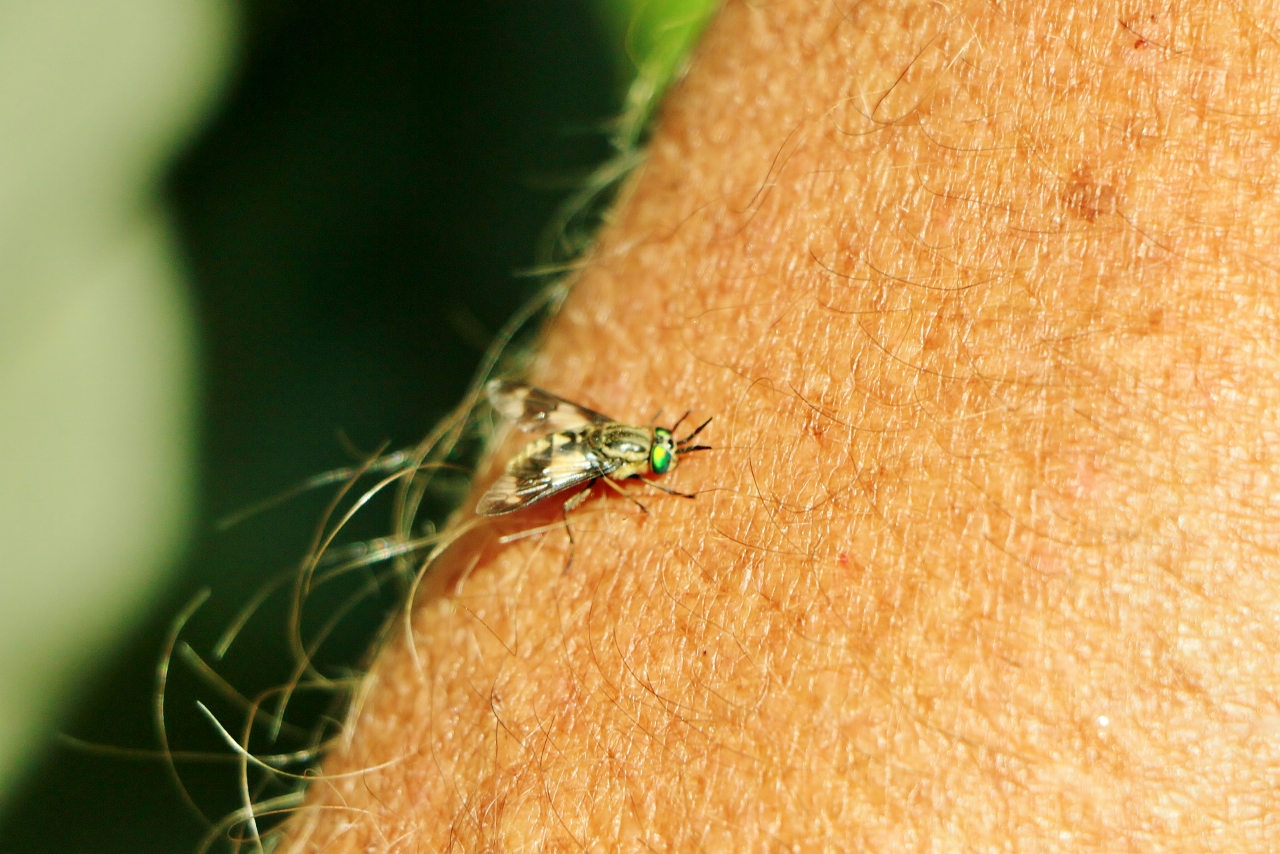
Twin-lobed deerfly. Note the lobe markings at the front of the abdomen. It prefers the head or neck as a source of blood when investigating, so I was fortunate to spot this and get a picture!
Harry recognised in the picture I had taken a few days earlier a twin-lobed deerfly, and which my friend Bob had sacrificed himself to, so that I could get a photo of. Note the lobe markings at the front of the abdomen. It prefers the human head or neck as a source of blood when investigating, so I was fortunate to spot this and get a picture!
We hadn’t ventured much further than the Moat car park when Harry pointed out a female emerald damselfly, perched on a reed at the Moat pond.
Other highlights that morning, on what turned out to be quite a thorough search across the heathland, included:
Bee wolf wasps digging a nest holes.
This wasp is one of the largest and most spectacular solitary wasp species in Britain. It nests in sandy places on dunes, heaths and sand-pits, often in large “wasp cities”. It preys on honeybees, easily obtained as they collected nectar on the heather close by.
This wasp was once considered an extreme rarity, but has undergone a huge increase in both range and abundance since the late 1980s.
Other interesting finds included:
Emerald damselfly (male).
Common lizards in good number.
Fox moth caterpillars, often found on heathland, downland and coastal grassland.
A green form of the mottled grasshopper.
And a female meadow grasshopper.
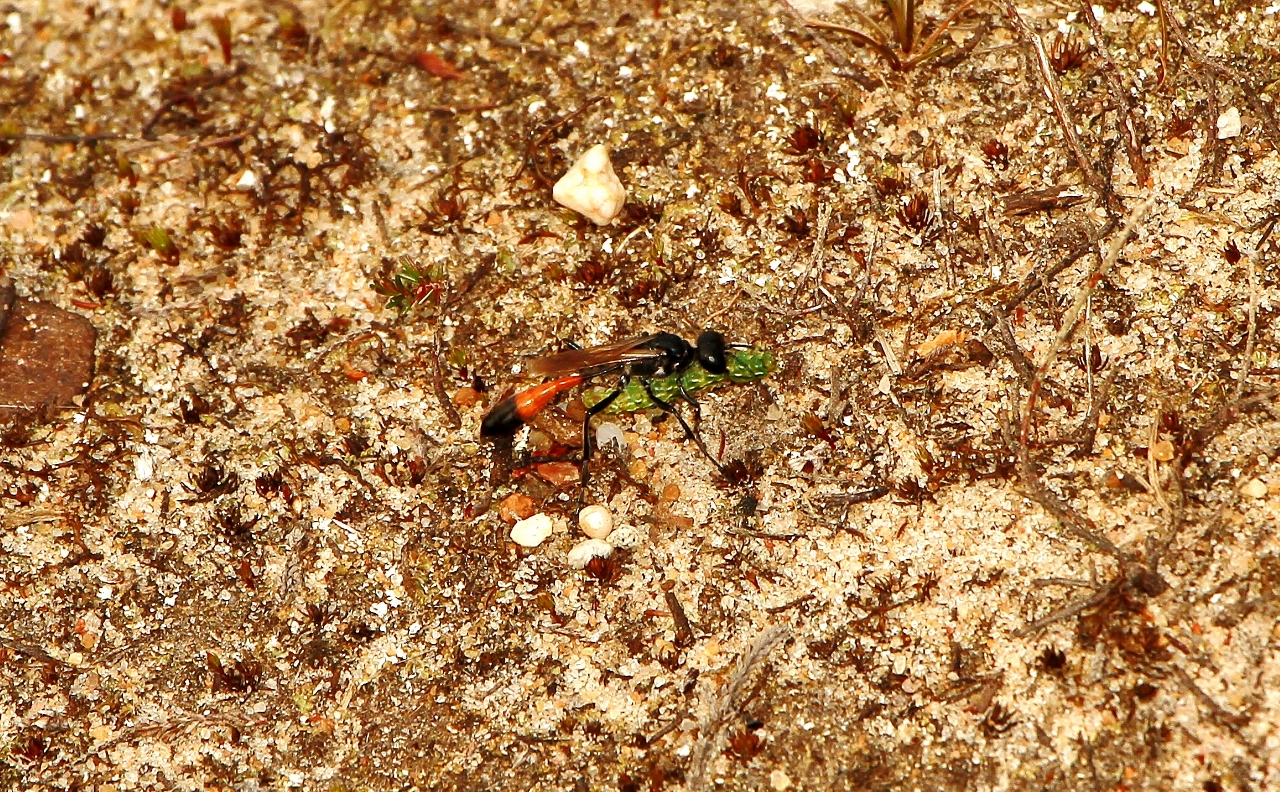
The wasp with the caterpillar prey is either Ammophila pubescens or Ammophila sabulosa and the prey was the caterpillar of the beautiful yellow underwing moth.
The wasp with the caterpillar prey is either Ammophila pubescens or Ammophila sabulosa and the prey was the caterpillar of the beautiful yellow underwing moth.
Both species of this particular ‘solitary wasp’ nest in level soil, on heathland or coastal sand. Its burrows are single-celled and shallow, and prey consists of caterpillars, sometimes as much as 10 times its own weight.
Another solitary species found there was Nomada baccata (bear-clawed nomad bee) .
I am grateful to Harry for such an interesting insight into the bug-life there – and I hope I’ve taken in enough information to name my photos correctly.
I was pleased to pick out a pair of woodlarks, a heathland species he didn’t recognise.
“Meanwhile, faraway in another part of town” a few days later birdwatchers were being drawn to an oasis just south of London.
Staines reservoir had become quite an attraction to the birdwatching fraternity.
Its south basin was being drained for renovation work making it a perfect stopping point for migrating waders.
Although too distant to achieve any recognisable photos of the avocets, turnstones, black-tailed godwits, sanderling and greenshanks present, the best I photos I took were:
A few record shots of a ringed plover.
One of several common terns.
Two black terns as they sat on a distant pipeline between a line of gulls.
And a wheatear by the concrete edge of the north basin.
A brief break from intensive scanning across the south basin came when a fox suddenly appeared, running at pace, looking for an exit.
It eventually squeezed through a gap in the fencing, scampering past a birdwatcher on the gantry who was unaware of the bushy tailed mammal as it passed by.
Some better photos opportunities came my way later that afternoon on our visit to Staines Moor.
In the clear, shallow waters of the River Colne shoals of fish fry swam.
While male banded demoiselles skimmed back and forth over the surface.
Females were perched up glistening in the sunlight.
A peregrine glided overhead.
And a common buzzard flew over too.
Having already visited Farlington Marshes in Hampshire on August 16, and seen and waved goodbye to some of the wheaters as they readied themselves for departure to their winter homes, I managed to include a few that showed good examples of why they were called ”white arses” prior to Victorian times, before their name was made more respectable!
Something worth noting in anyone’s diary was a rare treat to a warm and sunny August bank holiday weekend.
Making the most of the sunshine, and with the addition of friends Bob and Dougal, I took another stroll around Farlington Marshes a few days later, on August 28. All in all it turned out to be a productive day the way of photos.
On our arrival a small gang of starlings glared down on us from a lamp-post.
Starlings were, in general, growing in number around the reserve, with small murmurations taking to the air from time to time during our visit.
The tide was out, black-tailed godwits were gathered on the mudflats, probing the ground, grazing for snacks.
One of several greenshanks seen that day flew in to join them.
Scanning out across what was a low tide from the eastern sea-wall of the marsh, the bridge across to Hayling Island could be viewed.
Although the bridge was distorted slightly by a heat-haze, more importantly to us was picking out the distinctive shape of an osprey as it perched, preening on a distant post.
On the main lagoon a pectoral sandpiper had been reported on a few consecutive days previously on the main lagoon. A “passage” migrant bird that I hadn’t seen since my reporting of one a few years ago a Sidlesham Ferry at Pagham.
With much patience, having skulked out of sight in the reeds all morning, eventually, it came into view.
In the pool near the information hut a kingfisher could be seen as it perched on one of the line of posts there.
A black-tailed godwit looked as though it was shading its mate from the sun, as they both waded through the water.
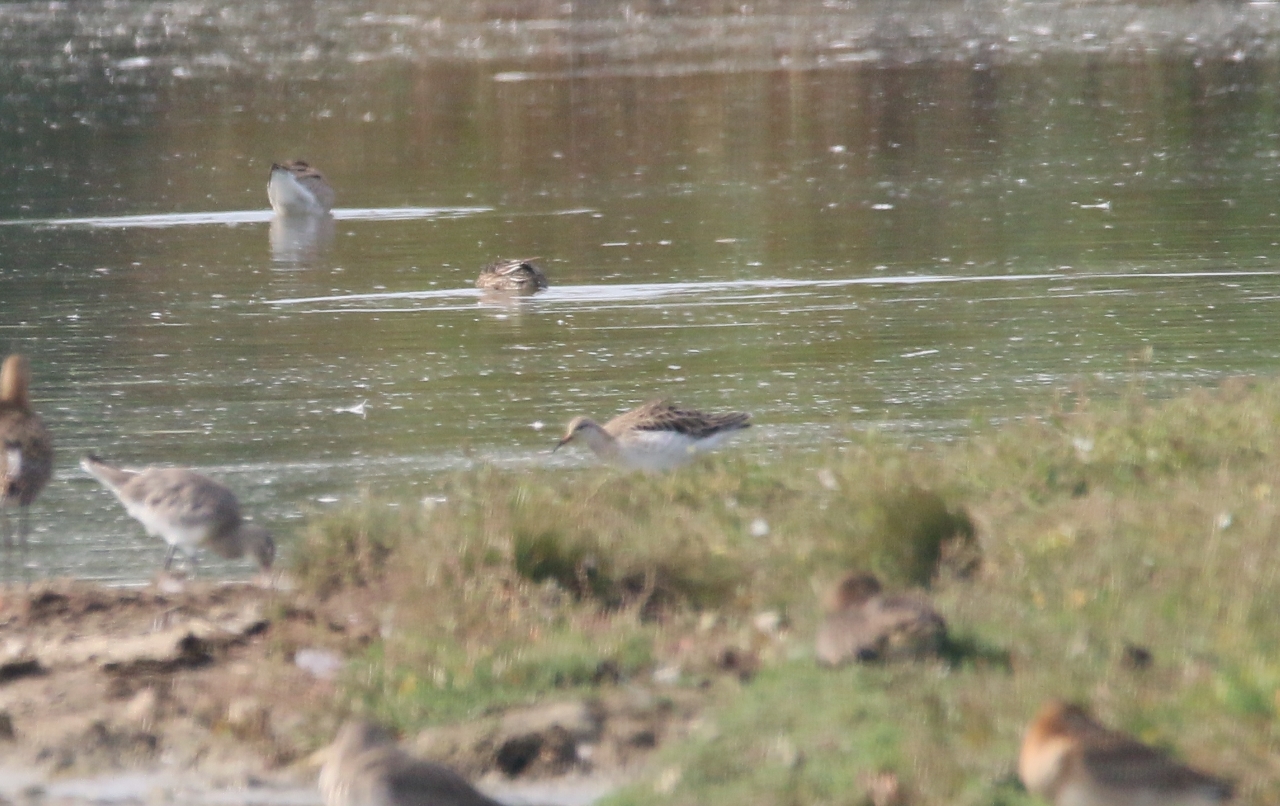
Ruff on the pool by the hut feeding alongside a group of black-tailed godwits (informally known as black-wits).
While a ruff could be seen alongside a group of other ”black-wits”.
Goldfinches formed into small groups feeding on thistle seeds.
While a few common whitethroats could be seen feeding on the ripened blackberries.
Along with small flocks of linnets.
And in the warmth of the sun, even a small copper butterfly made an appearance.
As the month came to a close I made time for a few evening visits to Guildford’s Stoke Nature Reserve.
On Stoke Lake, Canada geese formed the usual Late afternoon seasonal gathering.
Numbering more than 100, they then took flight in small squadrons, departing south to their roost.
The resident kingfisher made several fleeting appearances and attempts to catch a photo gave me a few lucky record shots.
Pestered by a magpie, a kestrel attempted to settle along the tree-line at the edge of the field. Frustrated by the constant harassment, it gave up any thoughts of hunting the field and flew out of view.
Groups of long-tailed tits worked their way through the hedgerows, making their “rusty-wheel-like” contact calls.
A constant mewing sound of a buzzard could be heard throughout the evening. On investigation I eventually picked it out, perched in a tree beyond the “flooded scrape” near Stoke Lock.
The highlight of my recent visits there has to be the sighting of a barn owl.
It was the first I had seen there for several years! And with just enough light for the first pictures I have managed to take of a barn owl at that location.
With a sense that summer was now coming to a close, I watched a pair of late fledging swallows who continued to beg food from their parents.
Responses to Birdwatcher’s Diary No.144
Leave a Comment Cancel replyPlease see our comments policy. All comments are moderated and may take time to appear.

See Dragon story: GBC’s Explanation of Major Land Sale Notice Error ‘Borders on Arrogant’ Says Councillor







Recent Articles
- Notice: Surrey New Writers Festival – May 18
- Great Post Office Scandal Reporter Coming to Guildford
- Woking Wipeout for Conservative Councillors
- City and Manager ‘Part Company’ After Slide in Results
- PCC Election Result – Conservative Lisa Townsend Retains Commissioner Role
- Letter: It’s a Sad State of Affairs
- Times Rankings Showing GBC To Be Worst Council in Surrey Dismissed by Lib Dems
- Birdwatcher’s Diary No.303
- Letter: What a Scoop!
- Filmfest – a Festival of German Films


Recent Comments
- Frank Emery on Latest Figures Show Two in Every Three Burglaries Went Unattended in Surrey
- Sara Tokunaga on Surrey Schools Could Have ‘Meat-free Mondays’ If Strategy Adopted
- John Lomas on Letter: Jeremy Hunt Has Not Engaged With Ash Parish Council As Claimed
- Jane Austin on Letter: Jeremy Hunt Has Not Engaged With Ash Parish Council As Claimed
- David Humphries on Letter: It’s a Sad State of Affairs
- David Roberts on Letter: Help Abroad Should Not Be to the Detriment of Those Here
Search in Site
Media Gallery
Dragon Interview: Local Artist Leaves Her Mark At One of England’s Most Historic Buildings
January 21, 2023 / No Comment / Read MoreDragon Interview: Lib Dem Planning Chair: ‘Current Policy Doesn’t Work for Local People’
January 19, 2023 / No Comment / Read MoreA3 Tunnel in Guildford ‘Necessary’ for New Homes, Says Guildford’s MP
January 10, 2023 / No Comment / Read More‘Madness’ for London Road Scheme to Go Ahead Against ‘Huge Opposition’, Says SCC Leader
January 6, 2023 / No Comment / Read MoreCouncillor’s Son Starts Campaign for More Consultation on North Street Plan
December 30, 2022 / No Comment / Read MoreCounty Council Climbs Down Over London Road Works – Further ‘Engagement’ Period Announced
December 14, 2022 / No Comment / Read MoreDragon Interview: GBC Reaction to the Government’s Expected Decision to Relax Housing Targets
December 7, 2022 / No Comment / Read MoreHow Can Our Town Centre Businesses Recover? Watch the Shop Front Debate
May 18, 2020 / No Comment / Read More



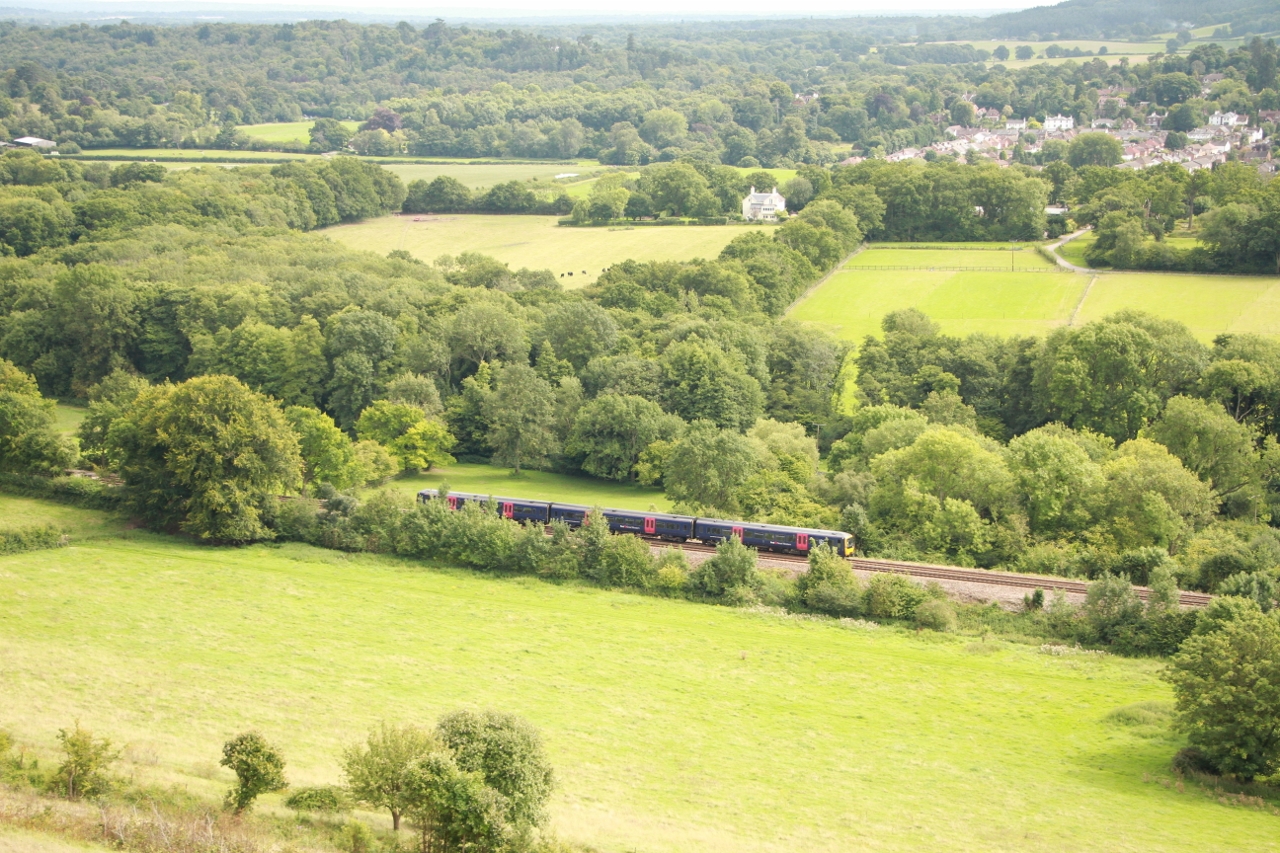
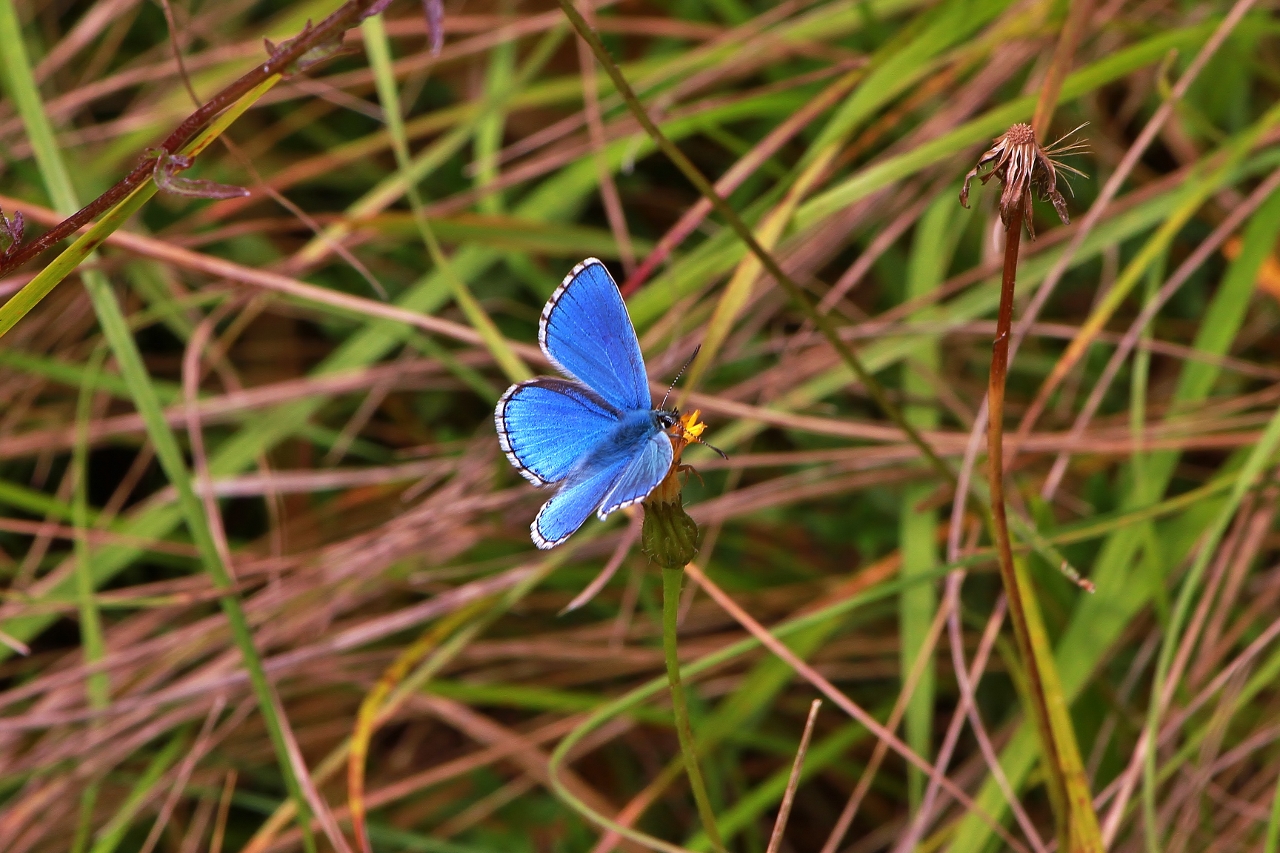
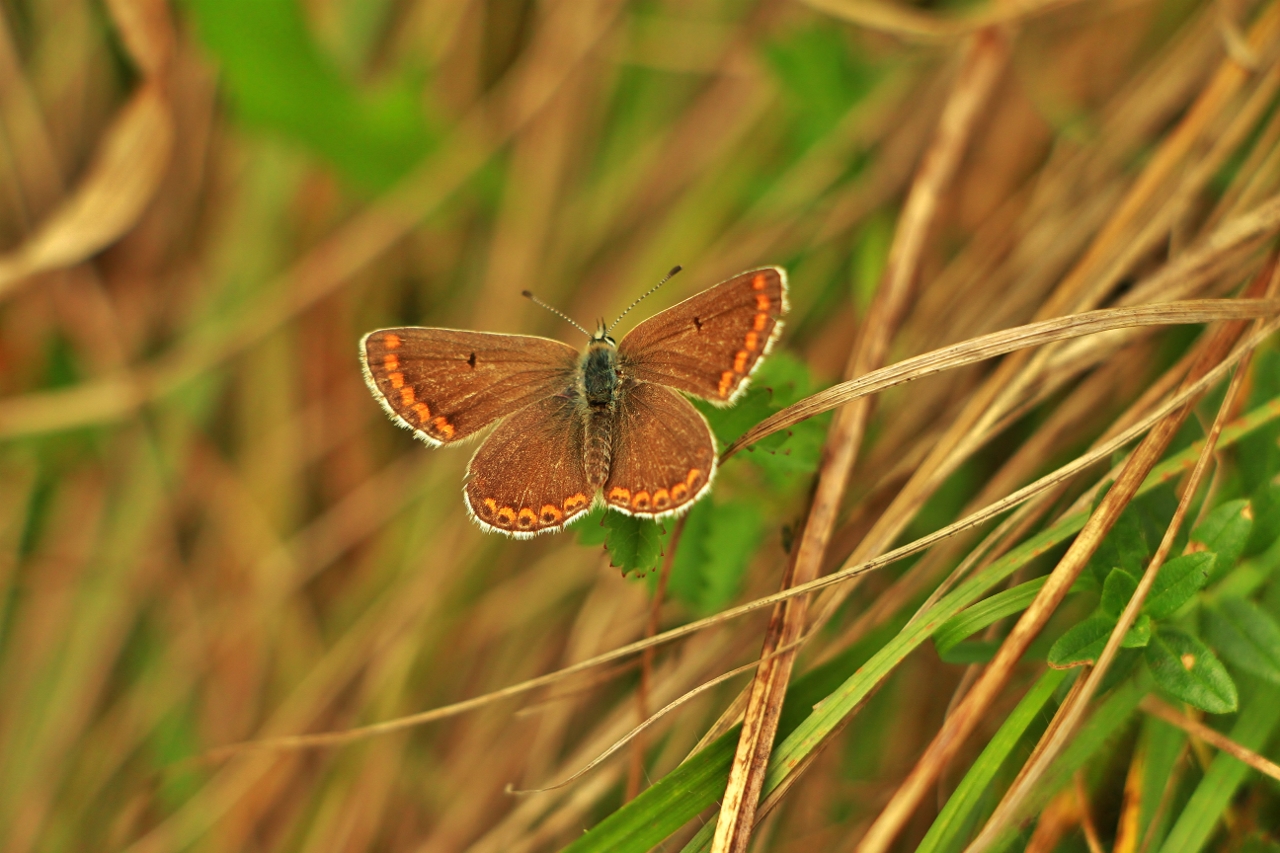
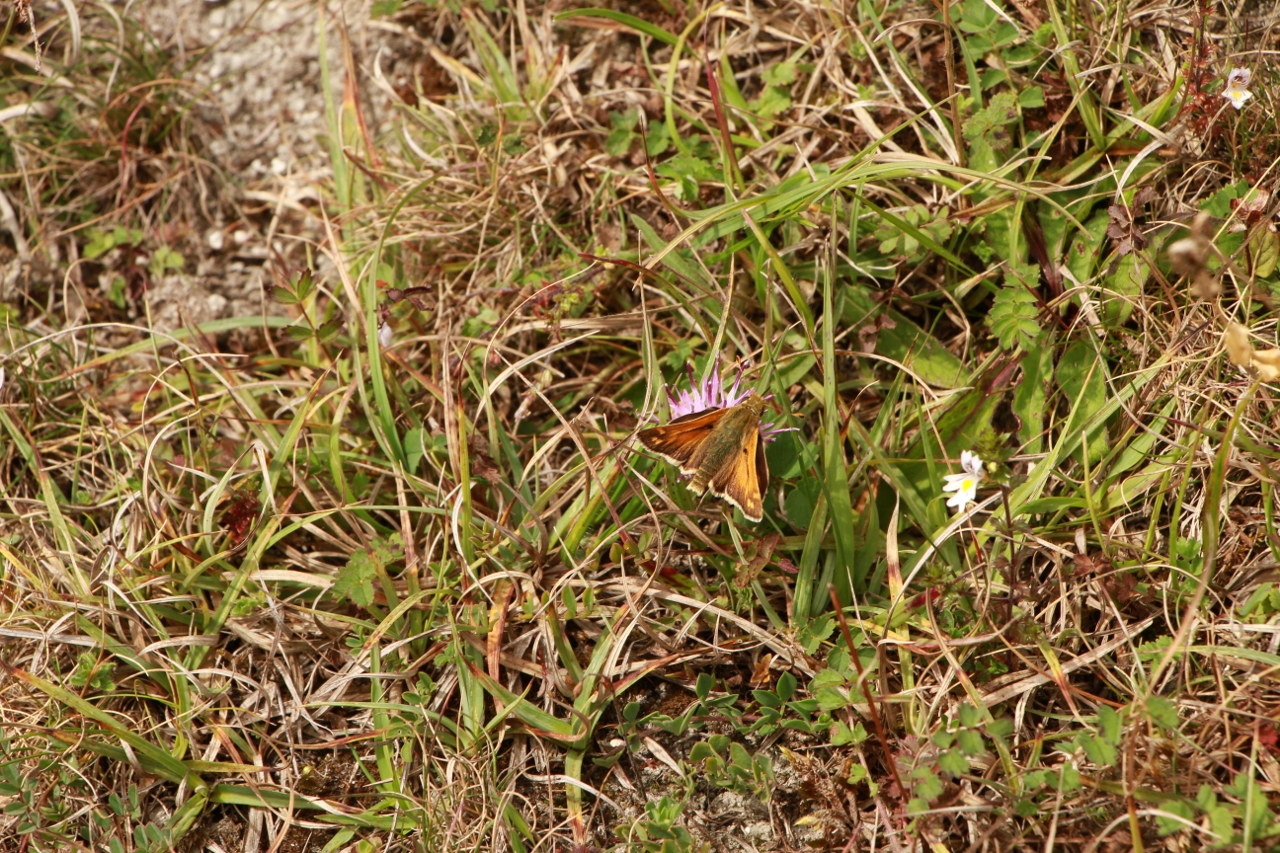
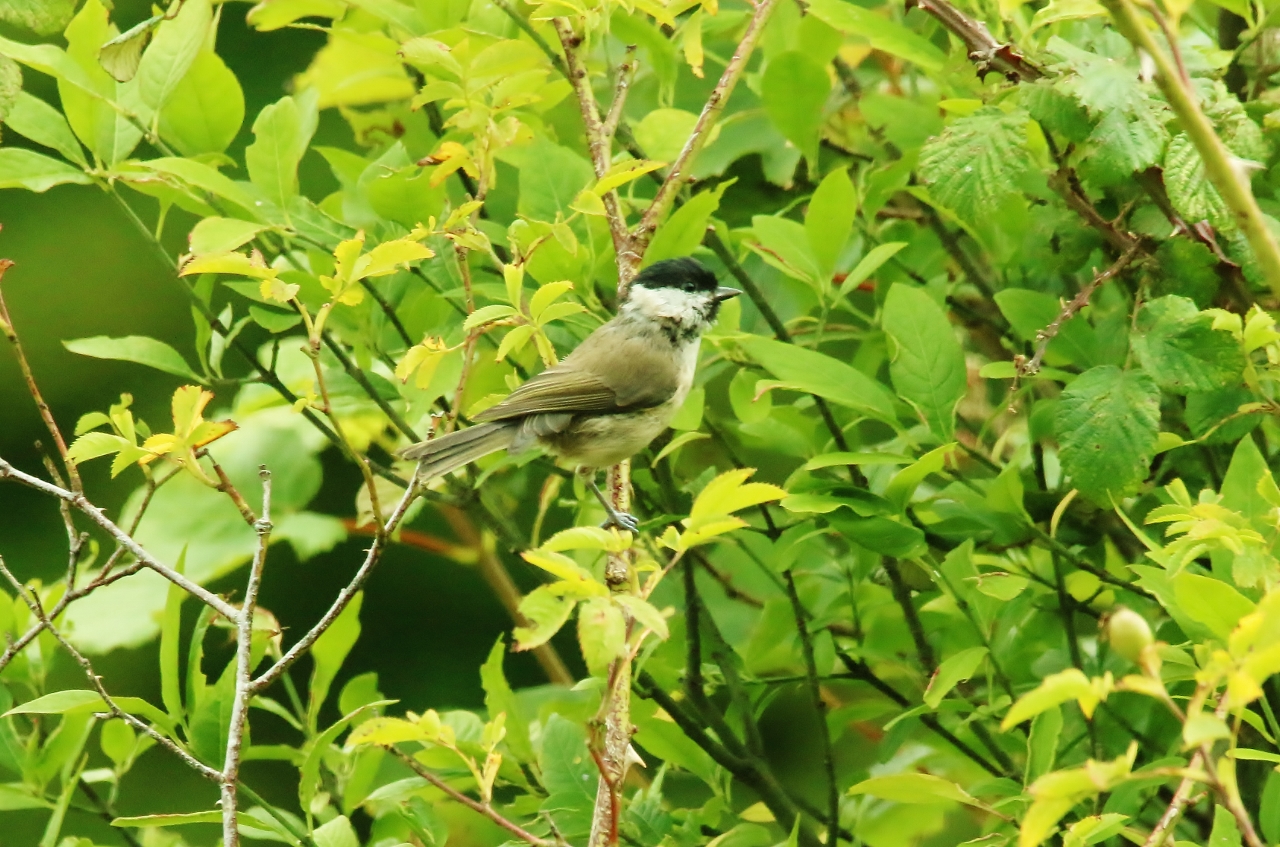

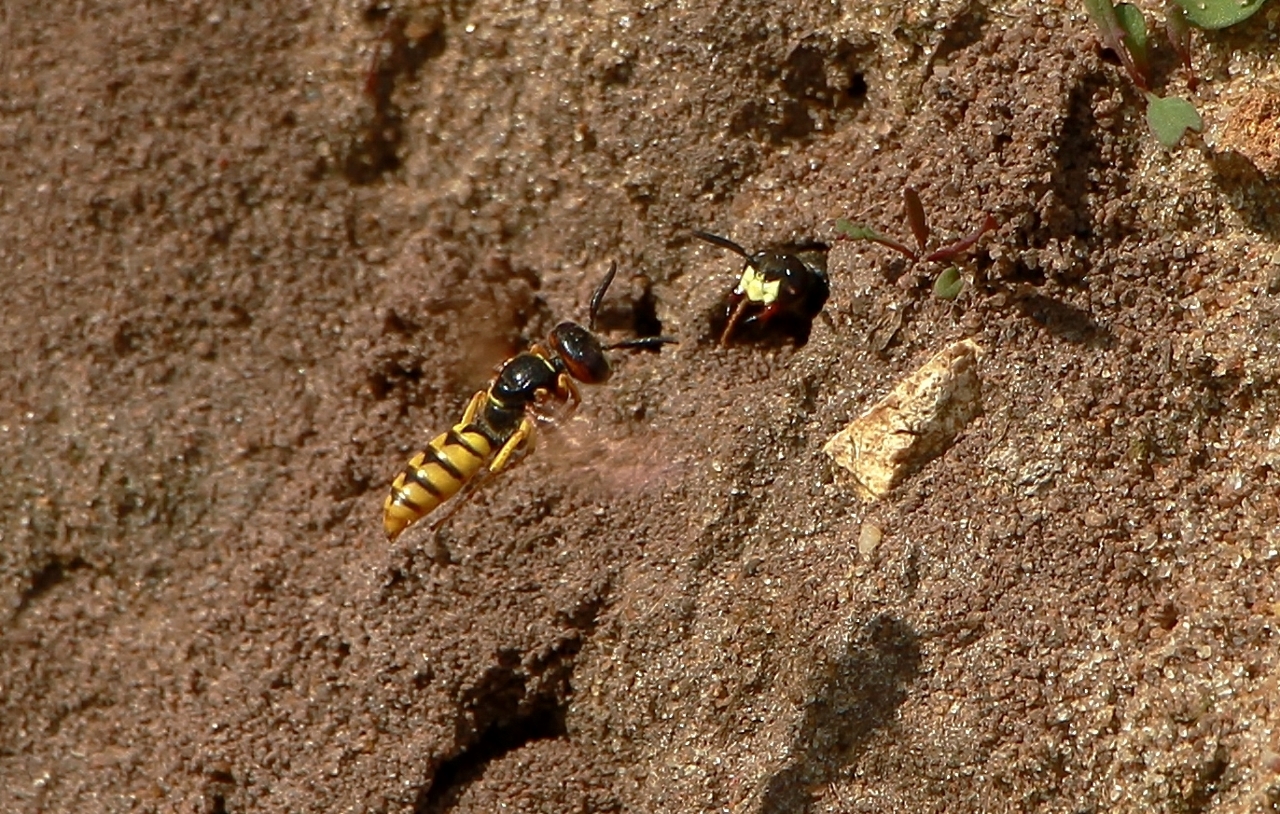
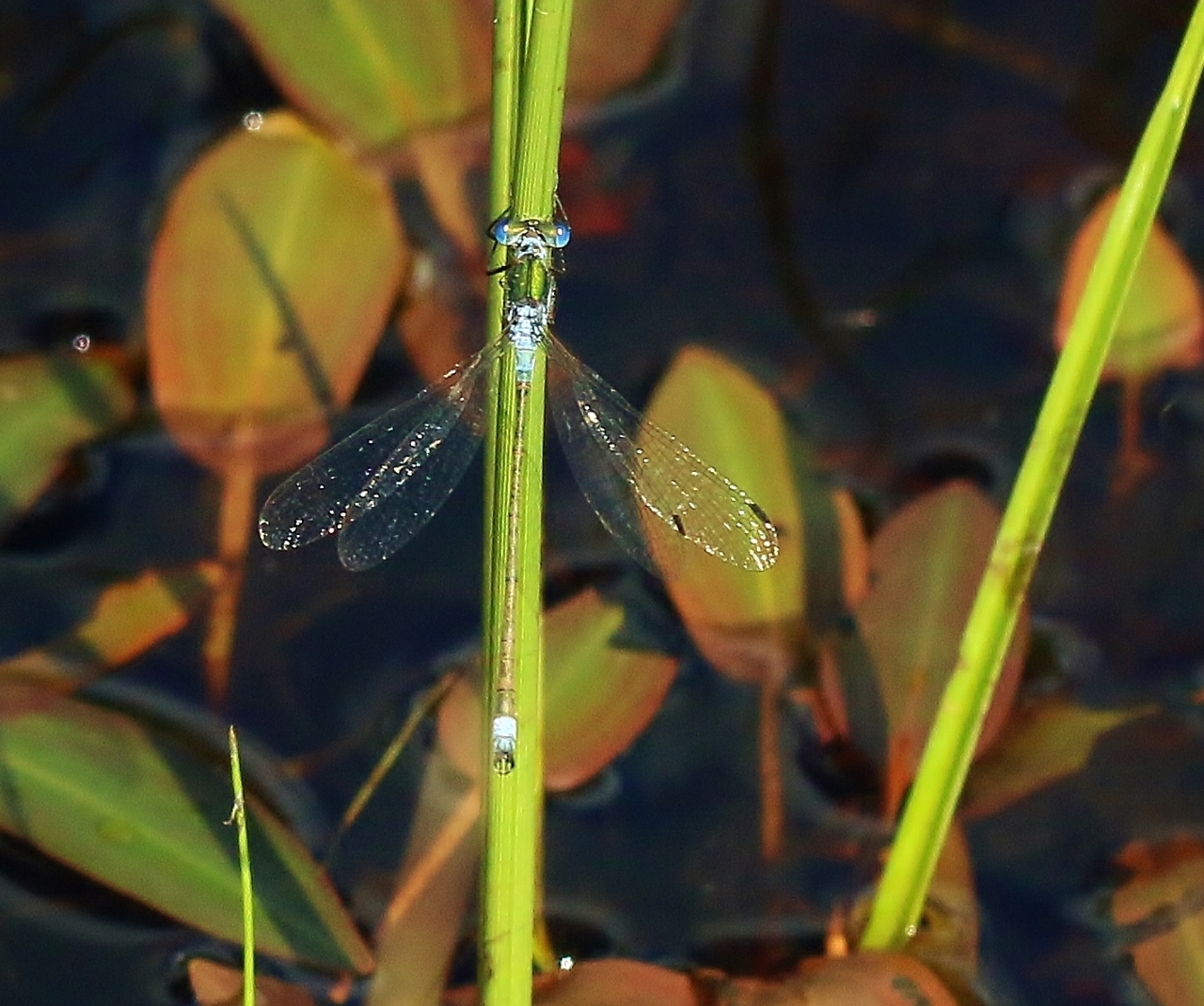
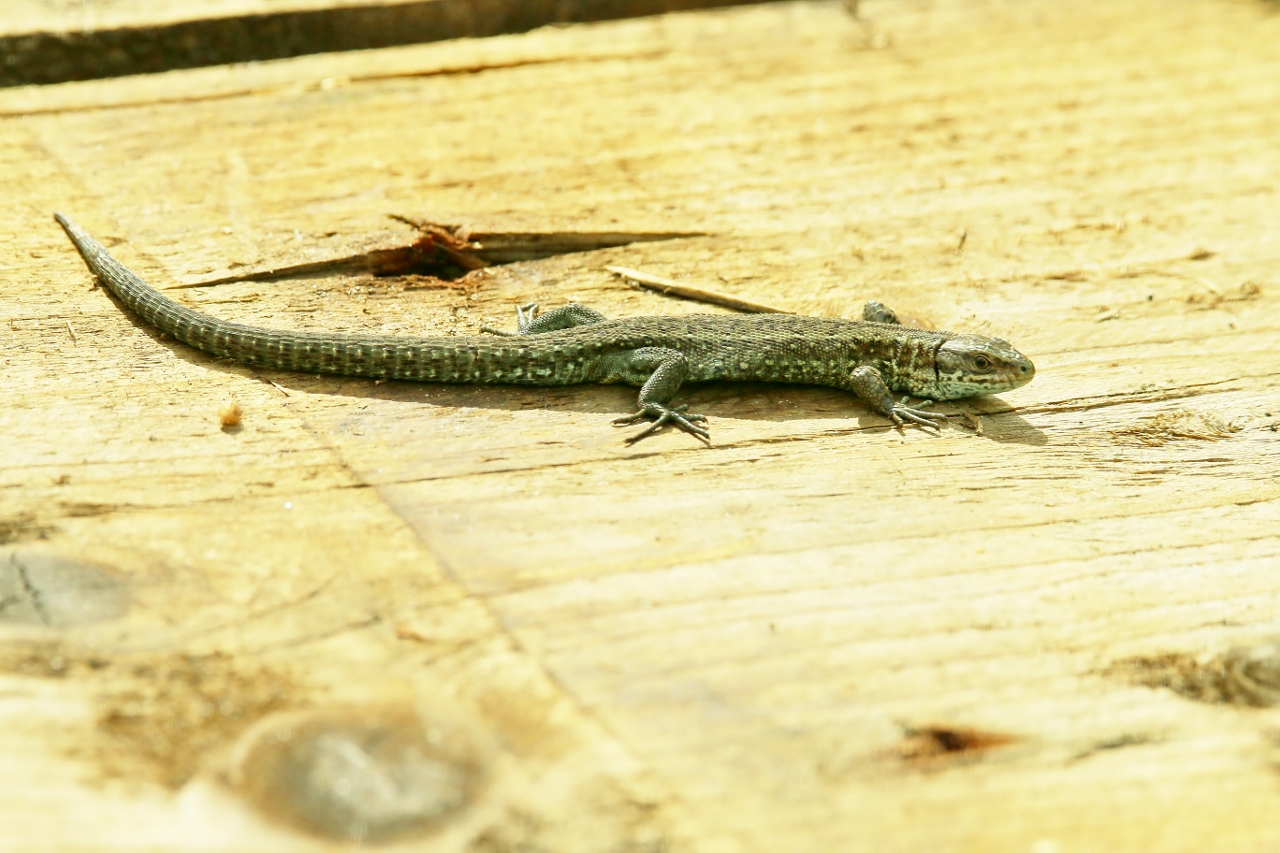

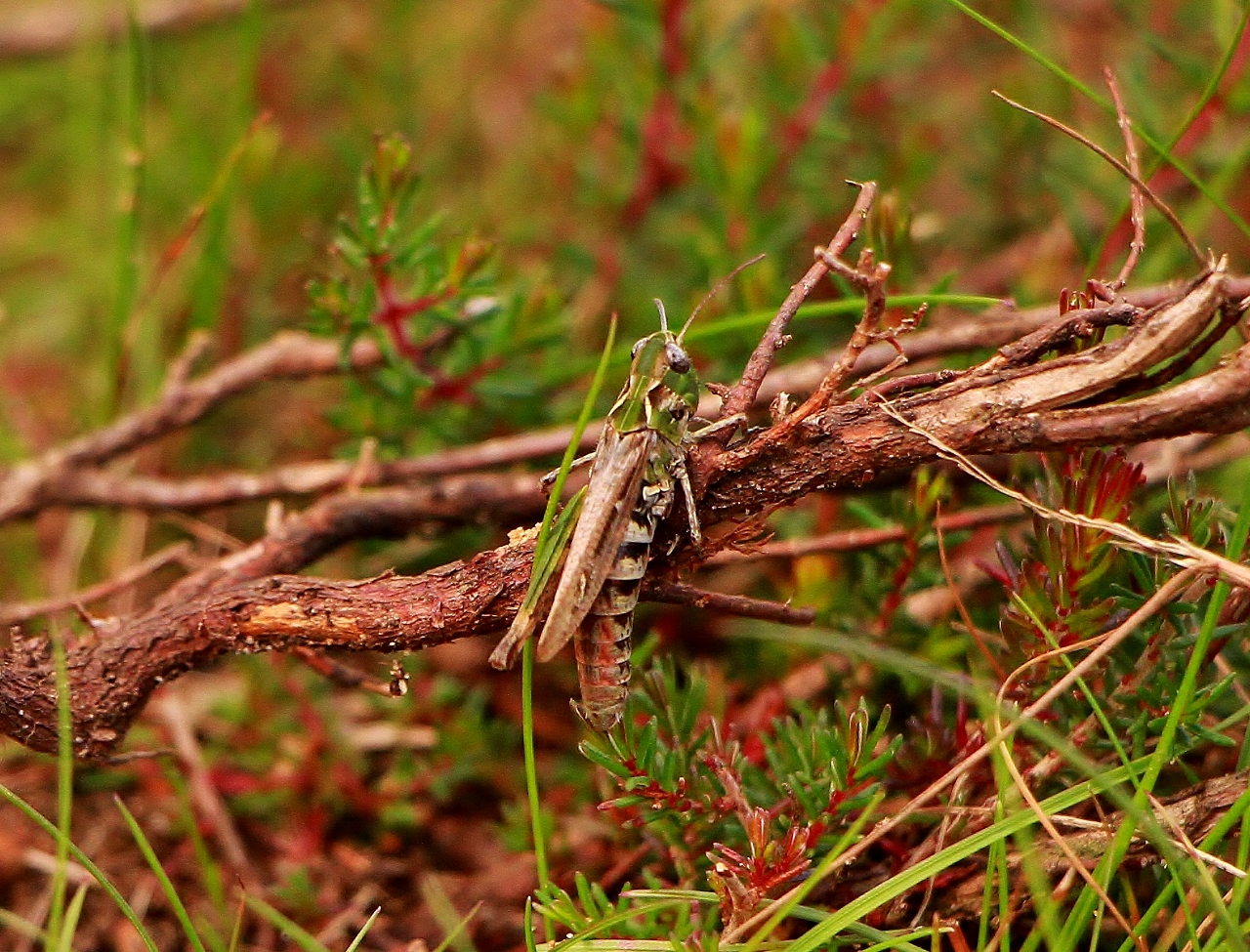
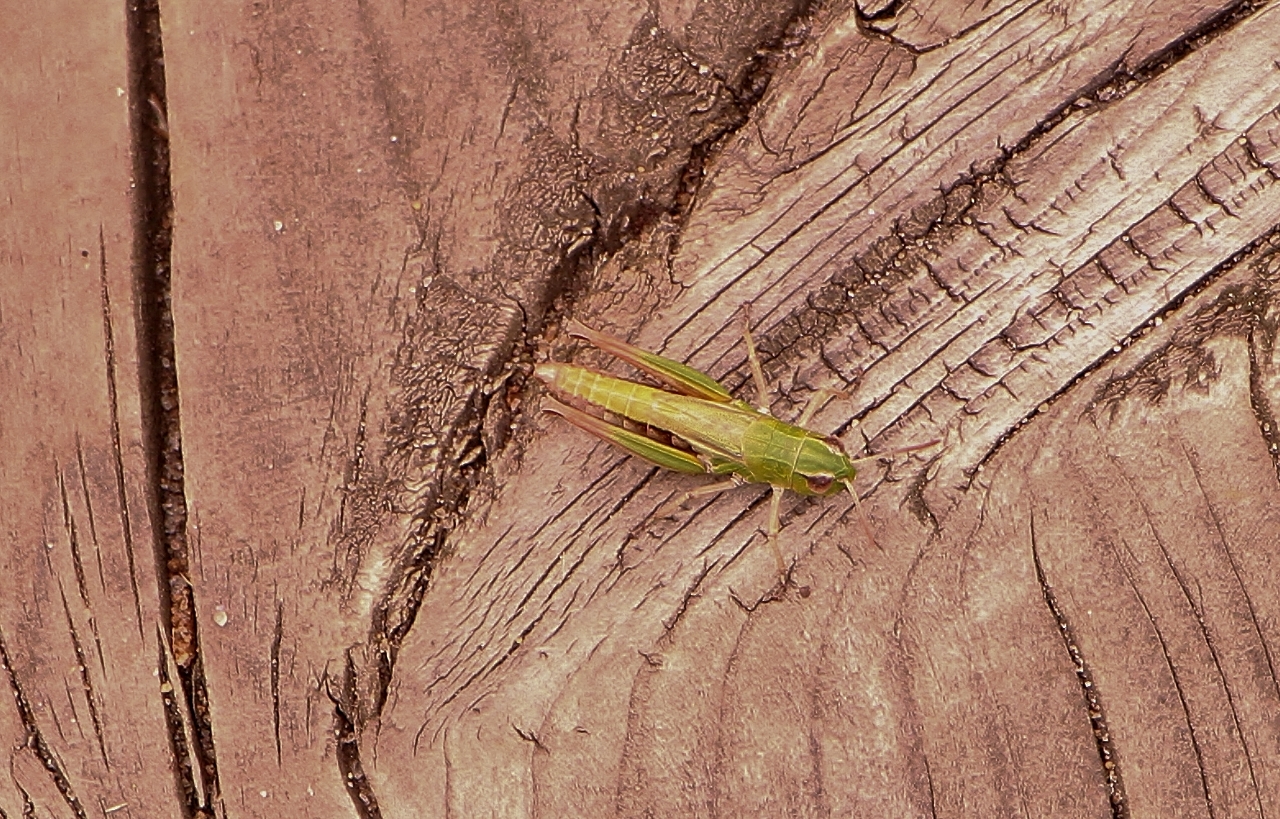
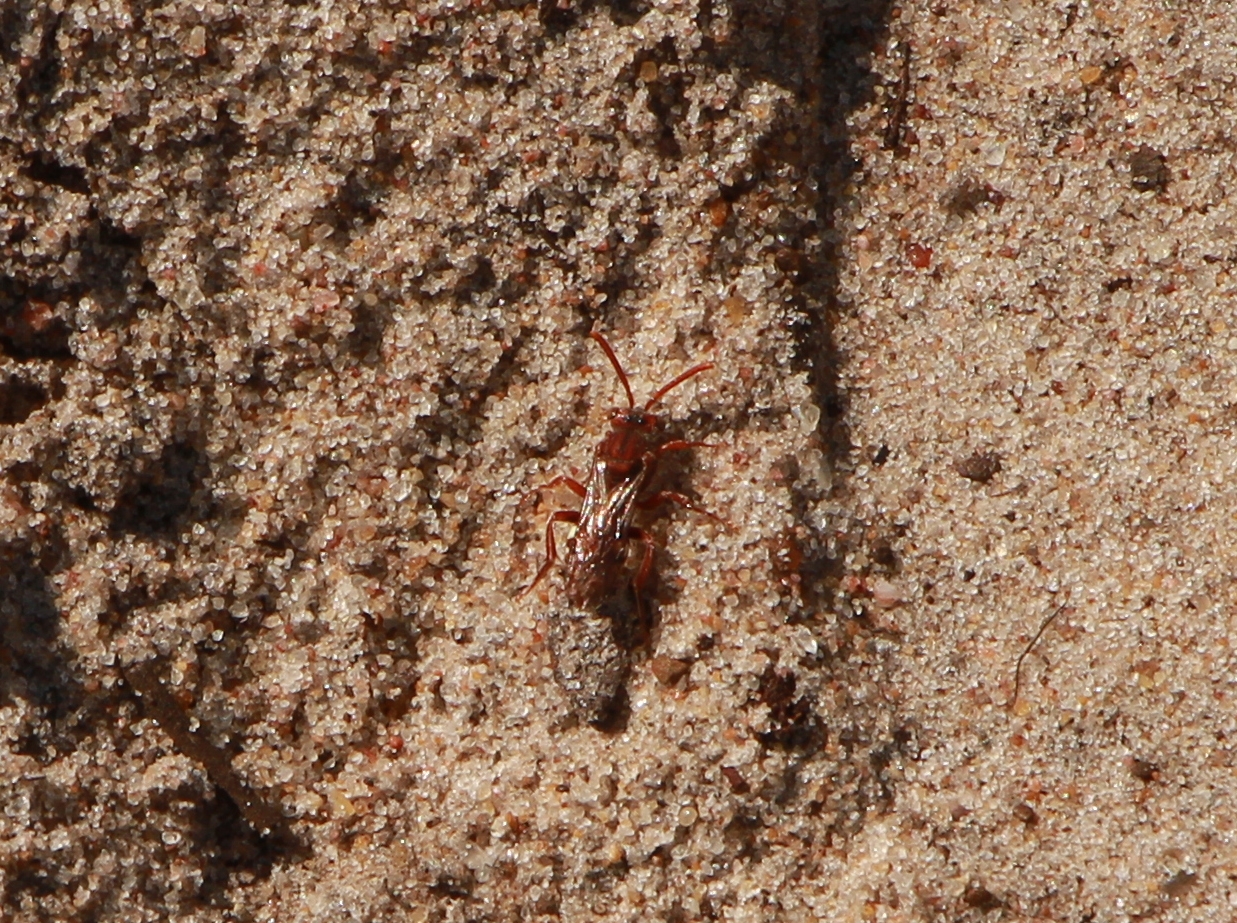
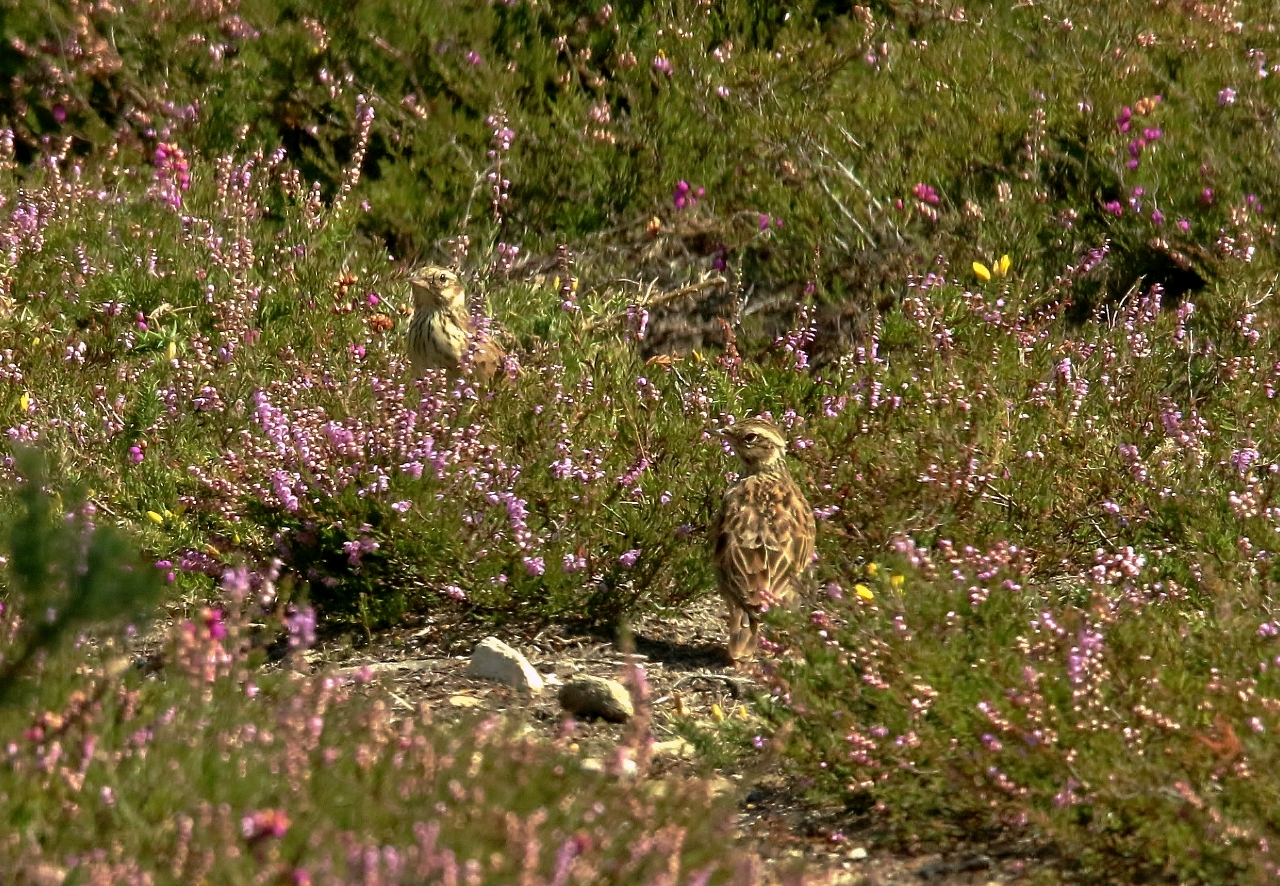
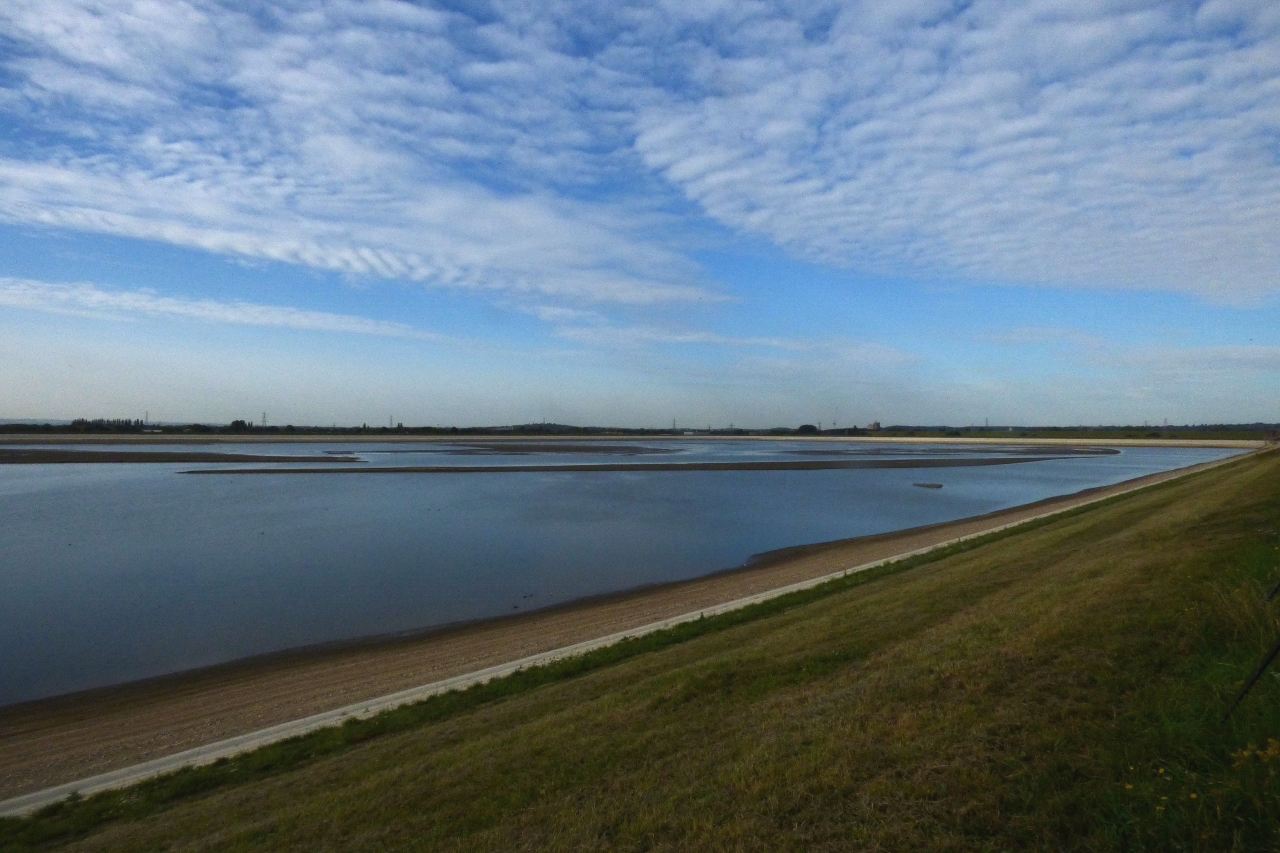
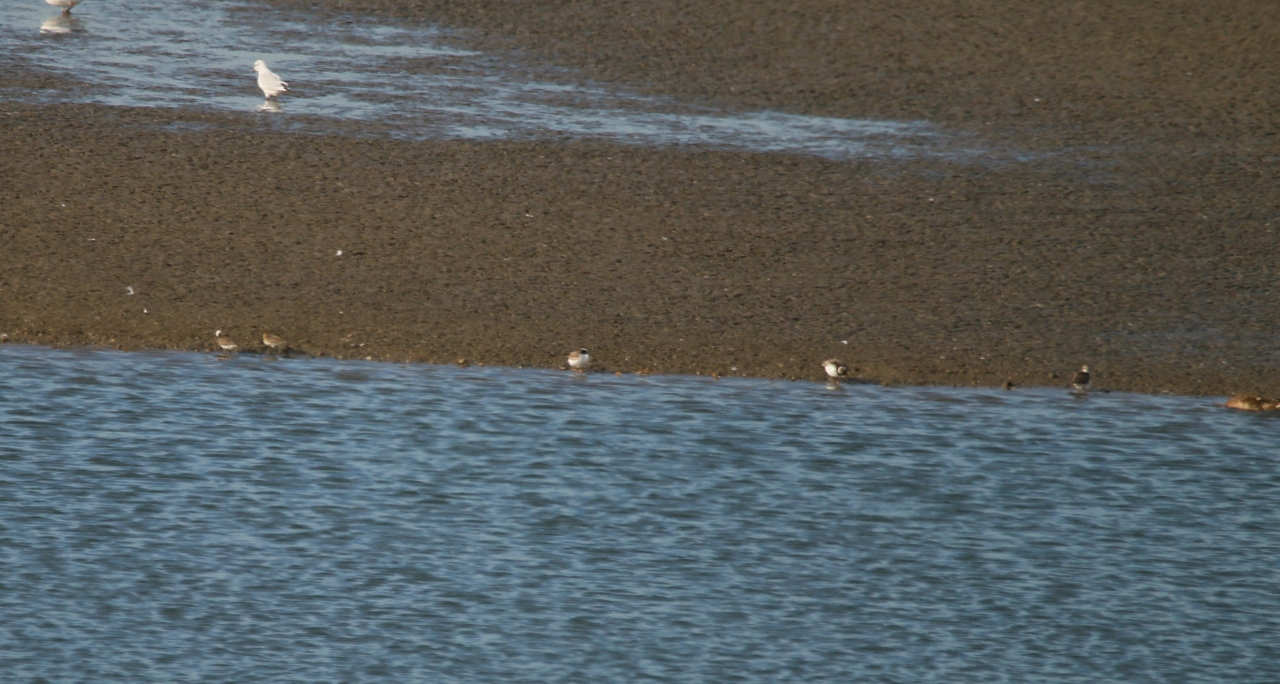

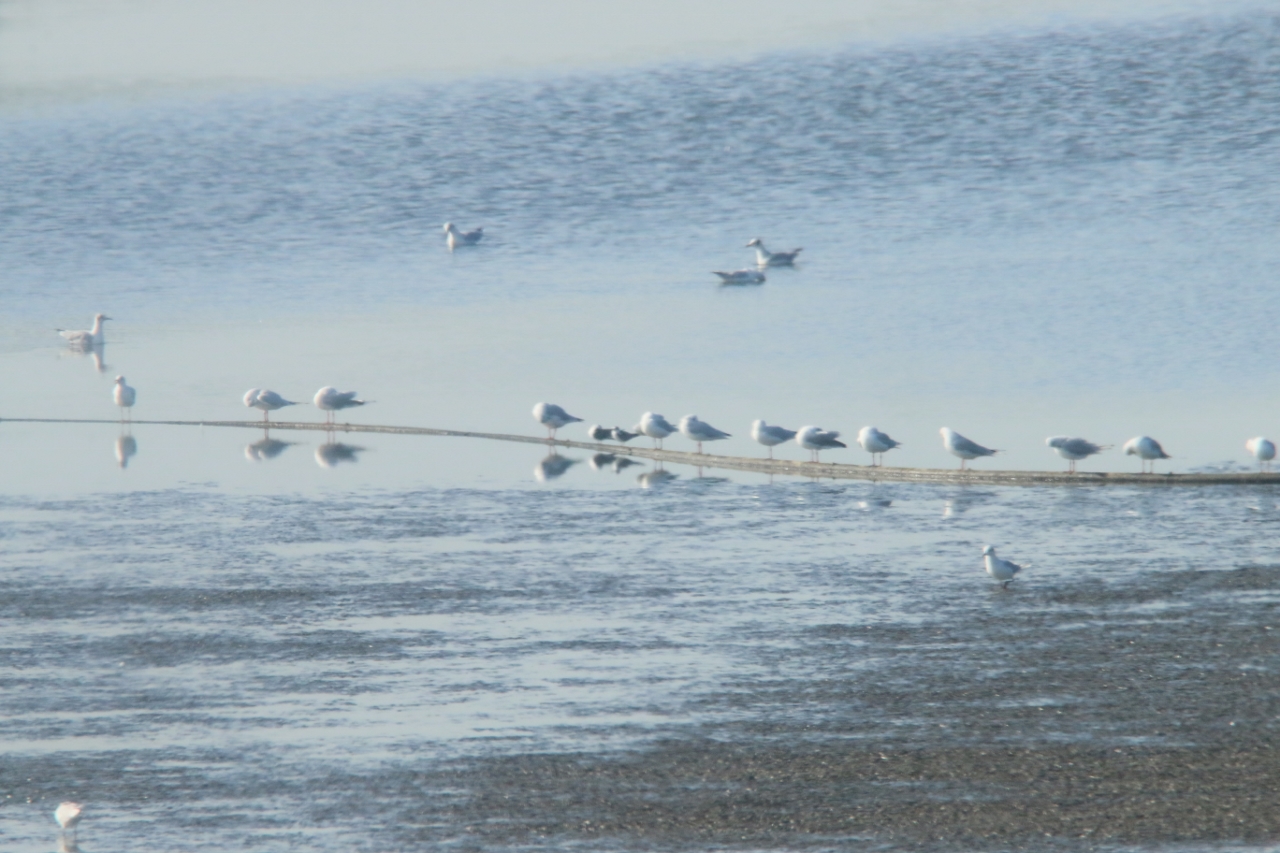
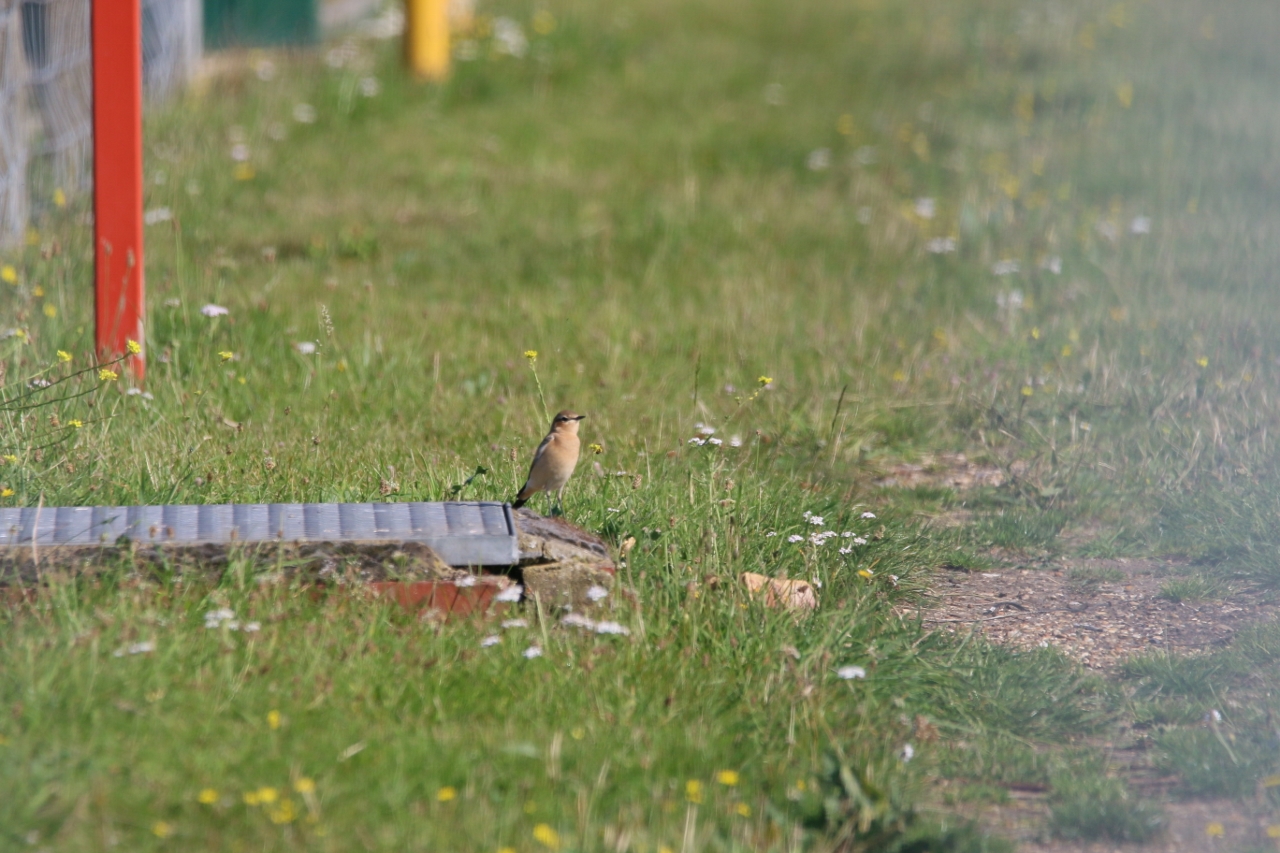
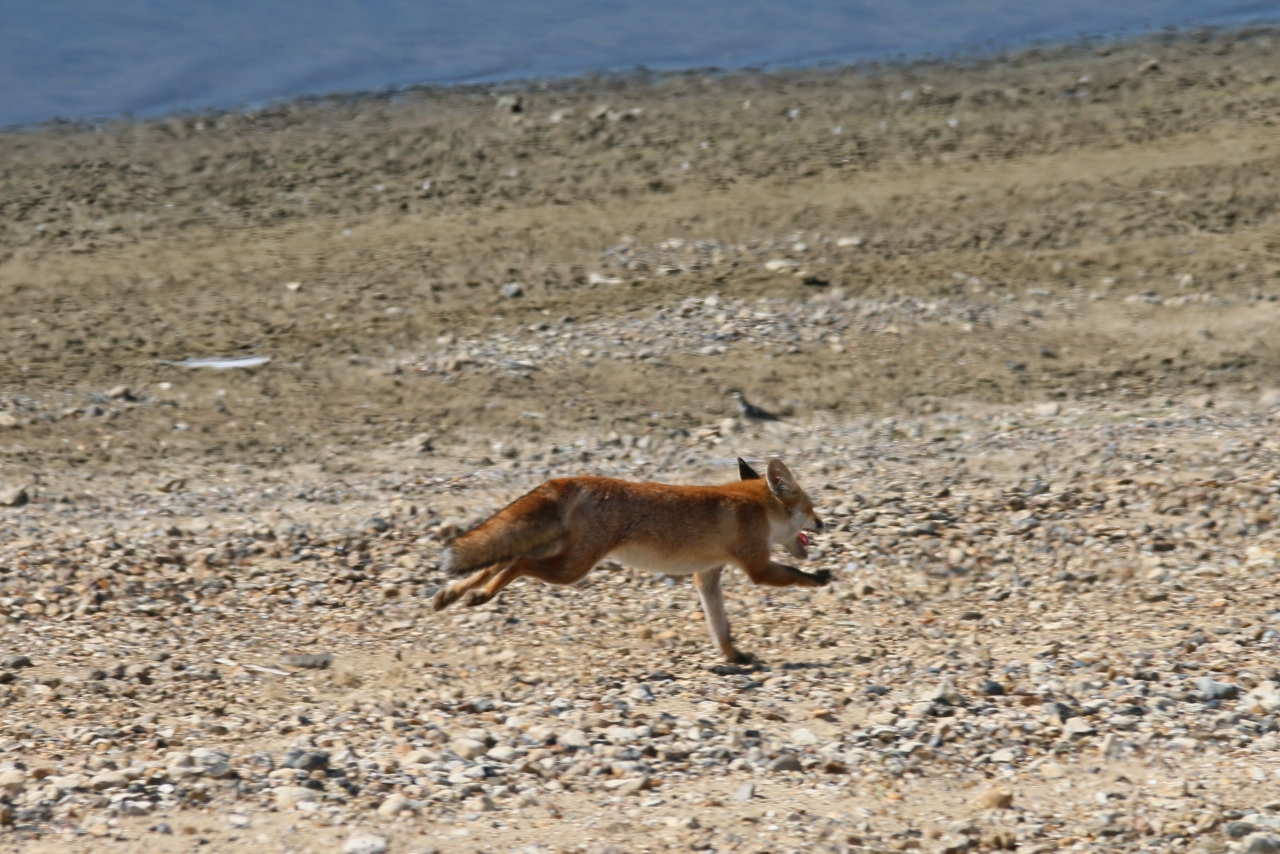
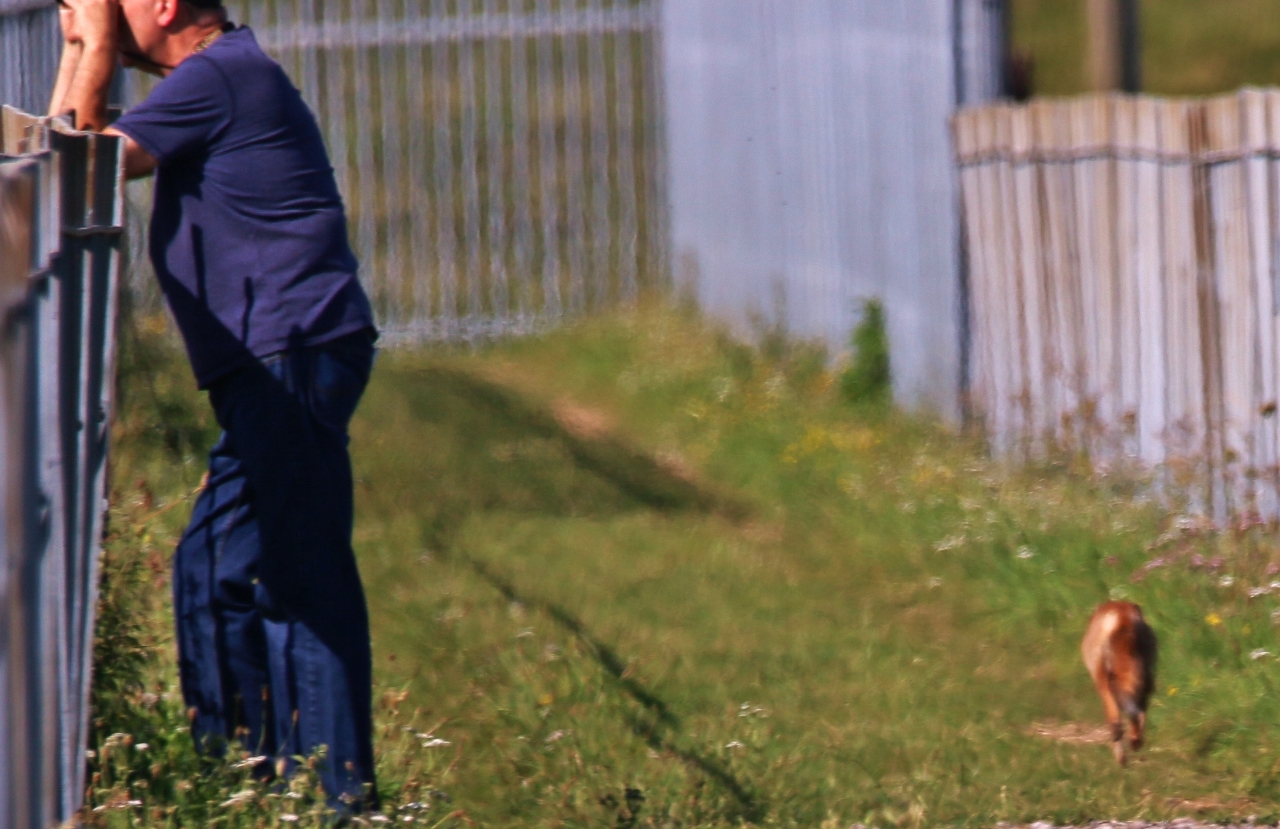
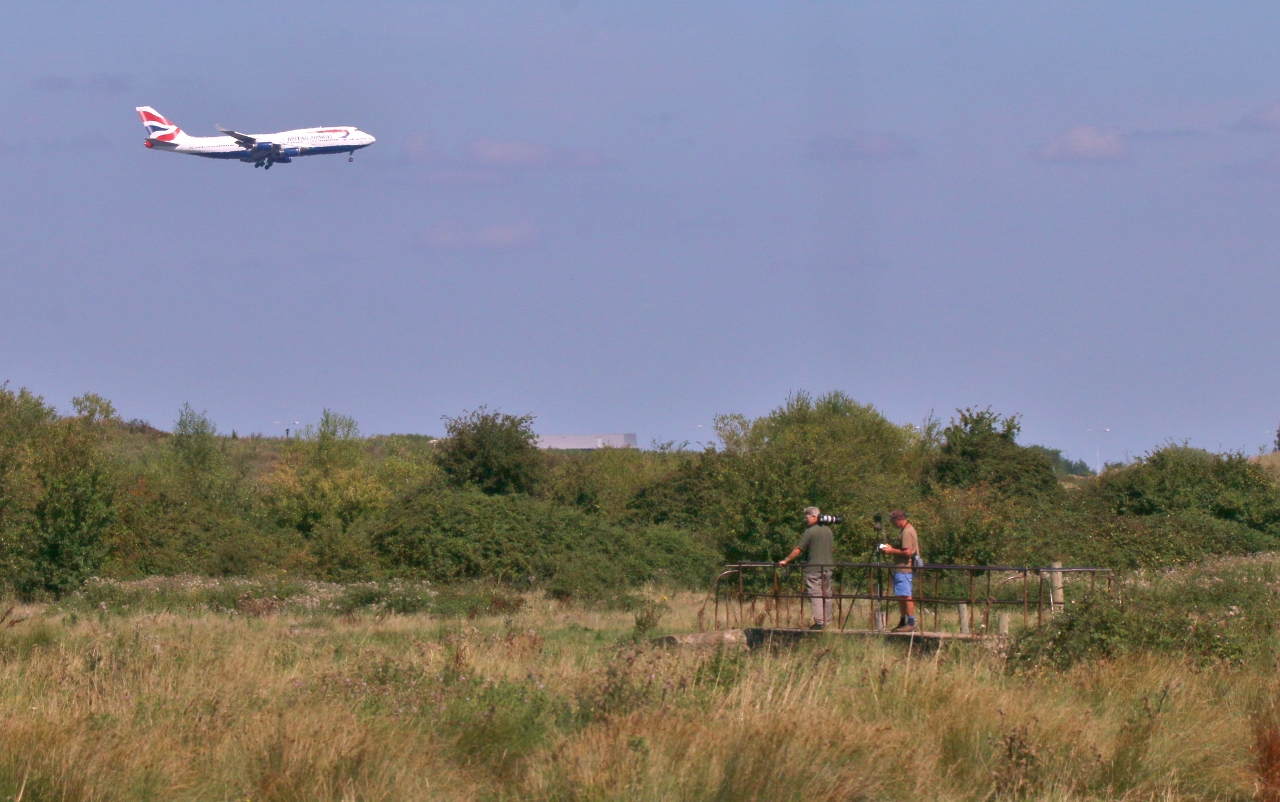
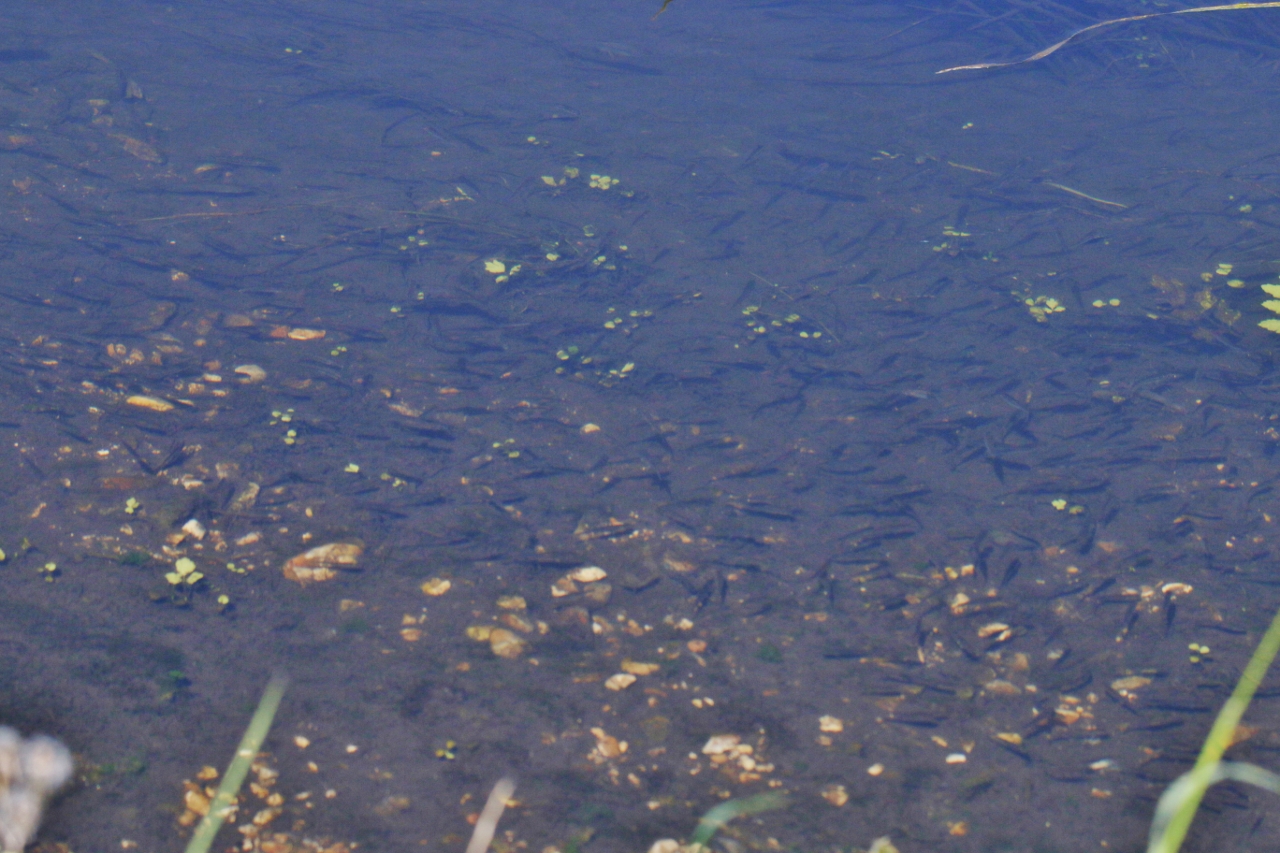
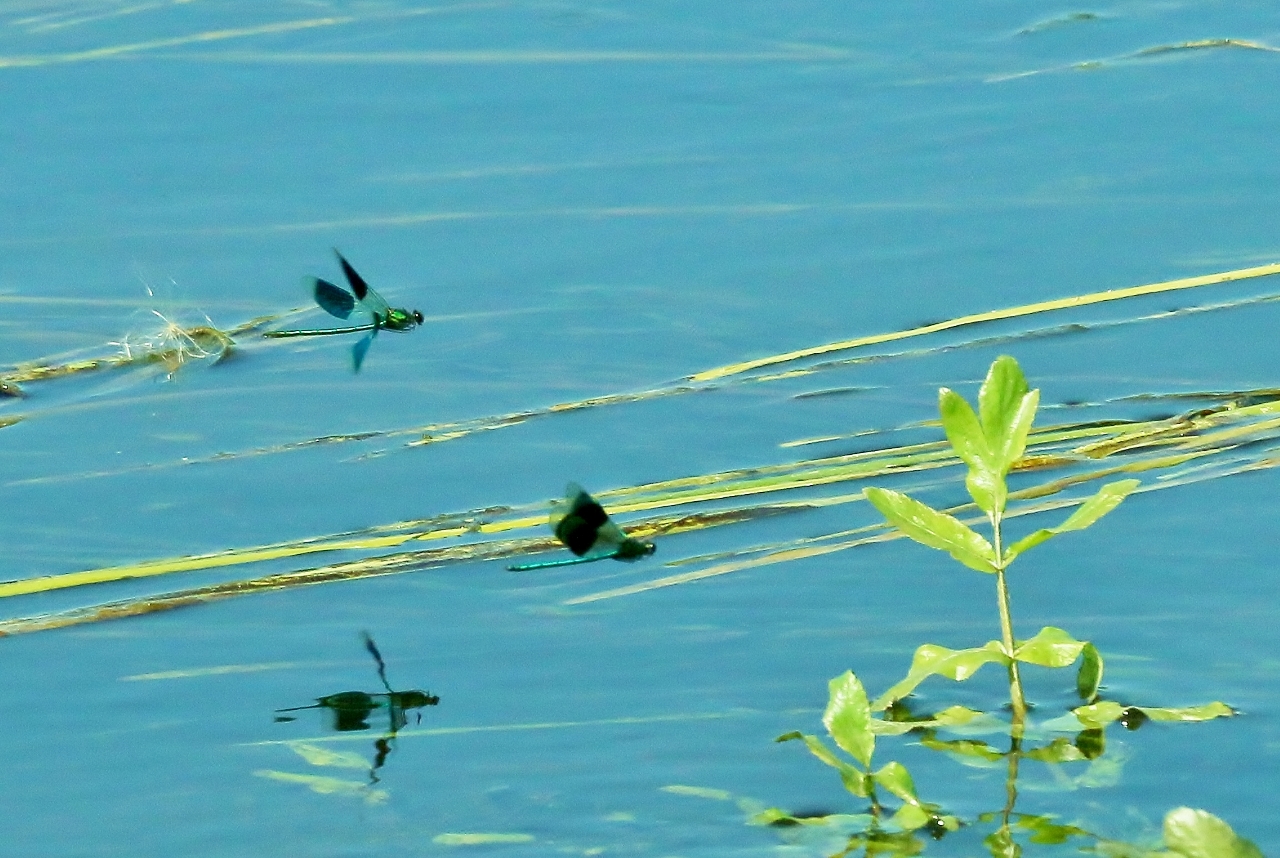
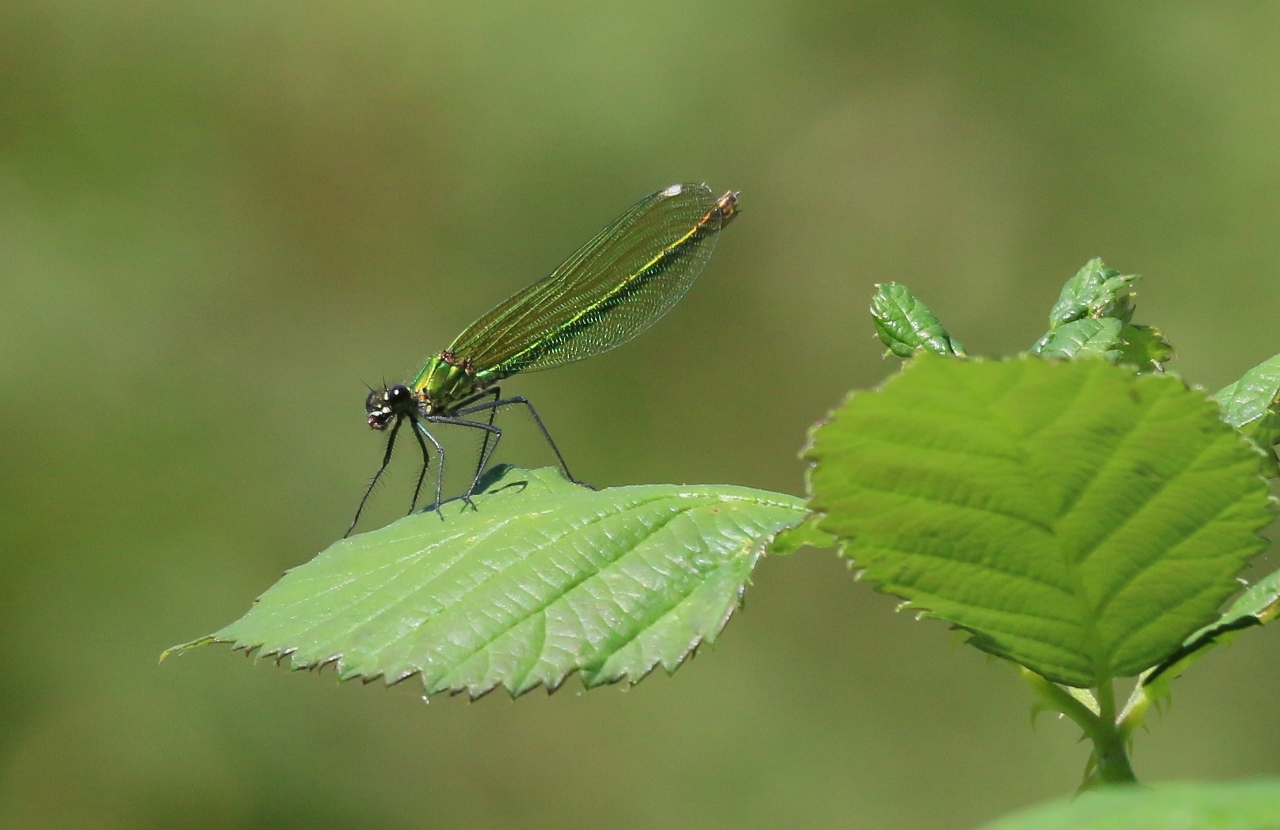
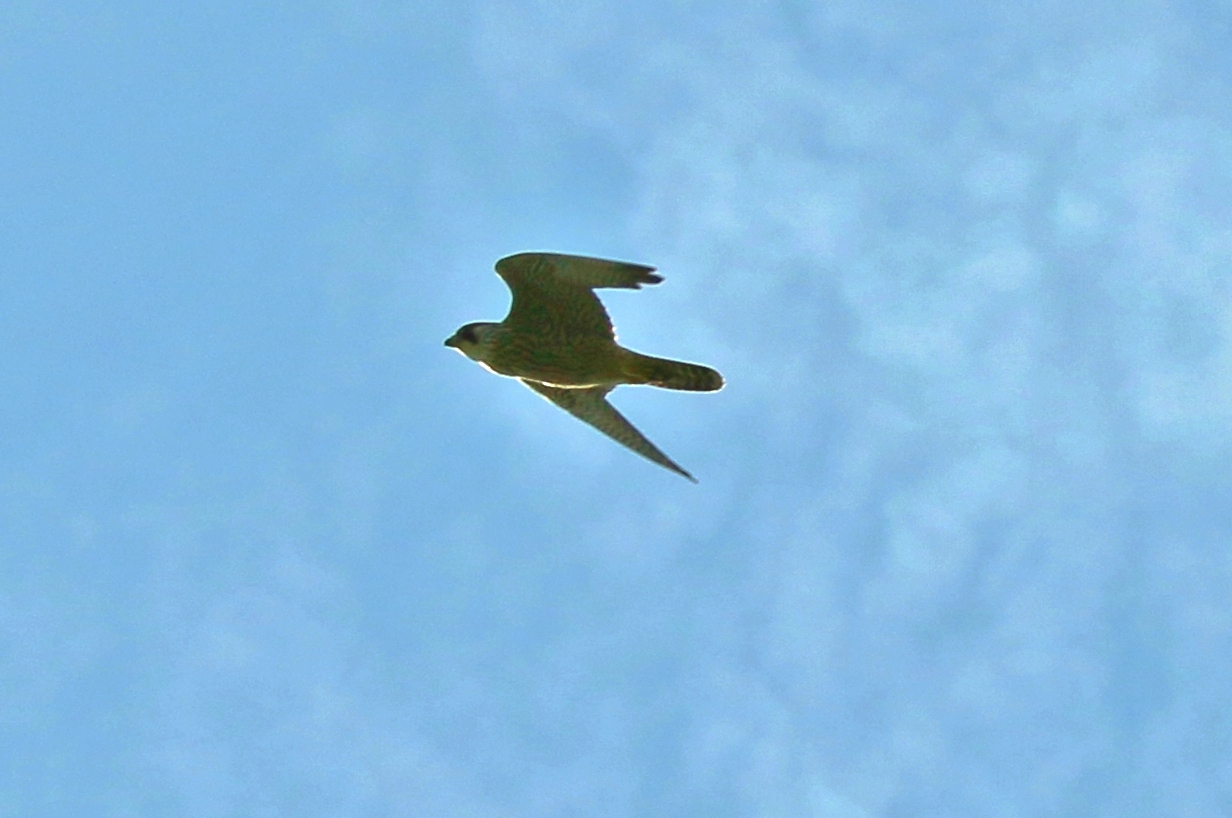

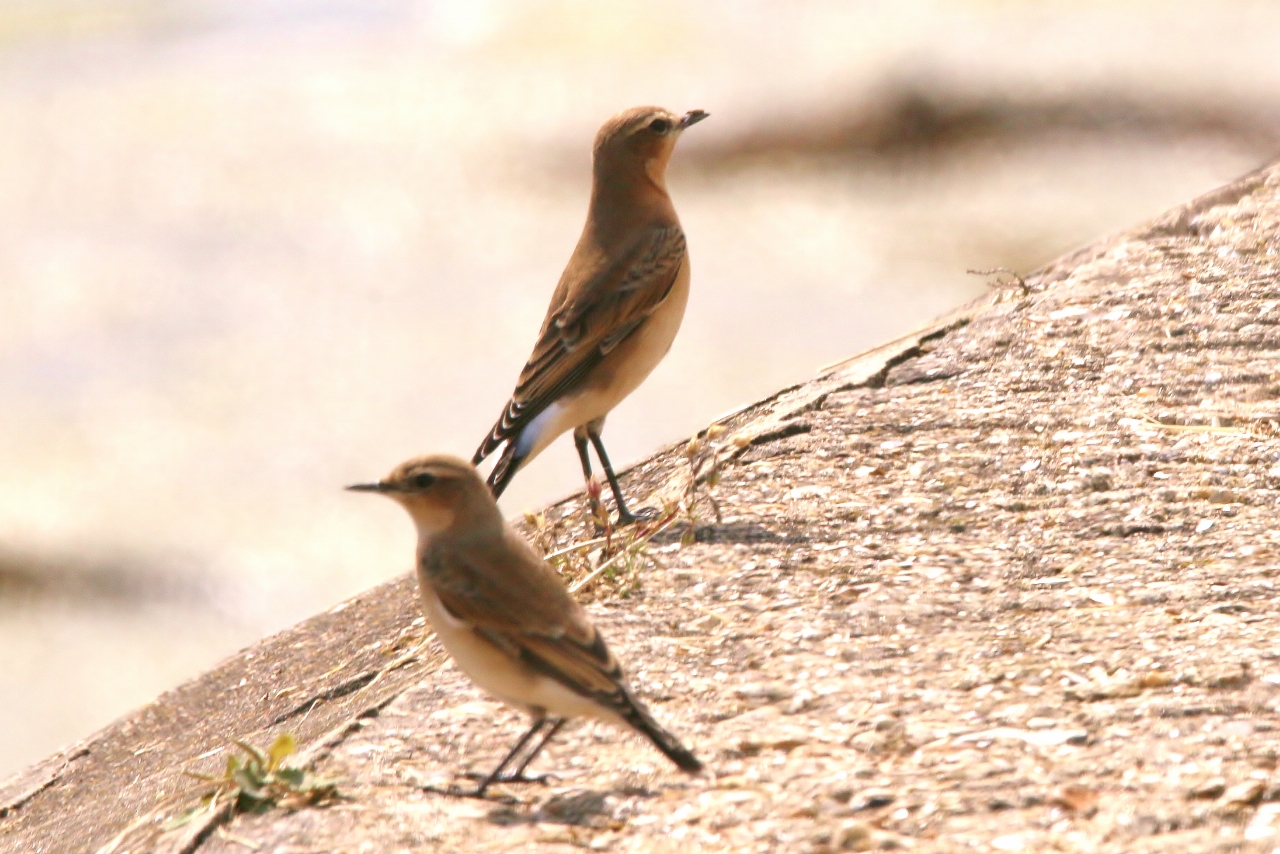

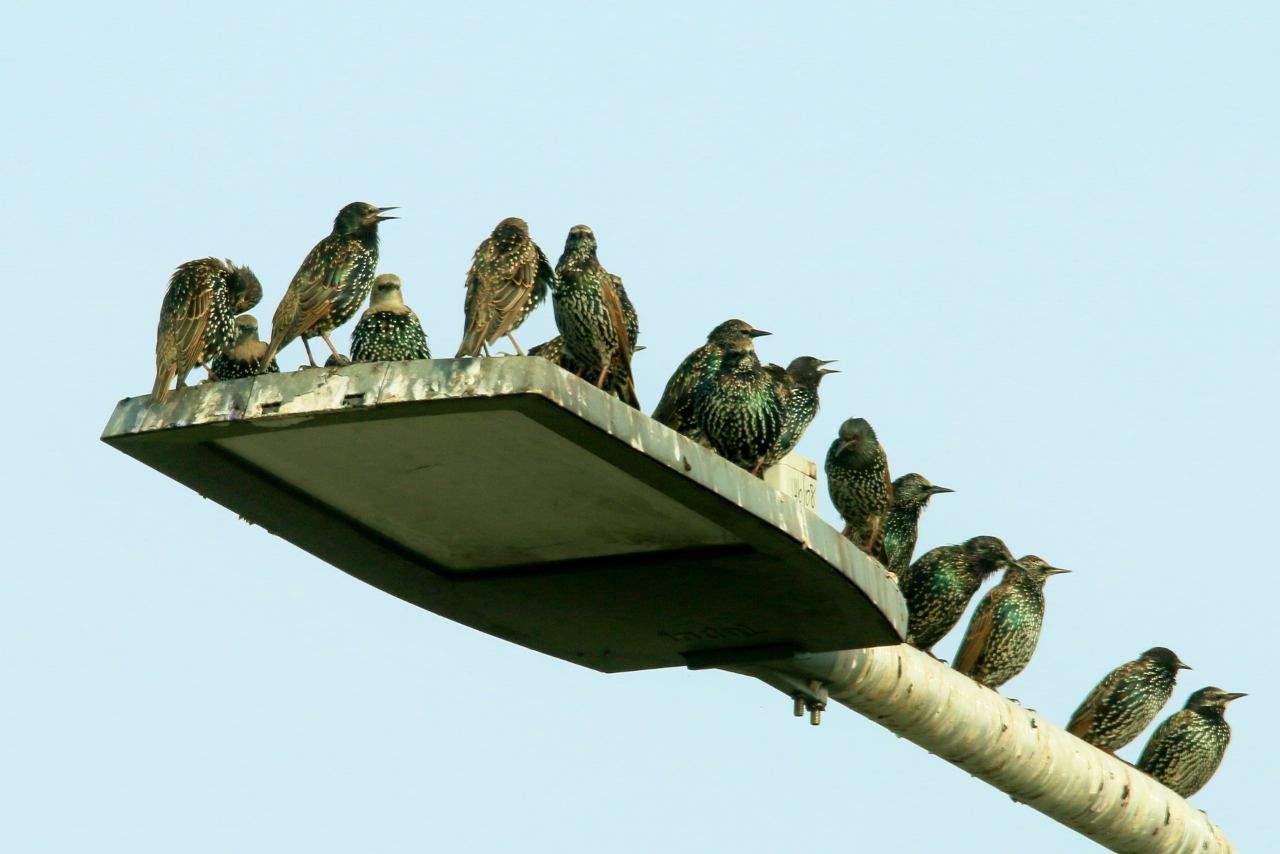
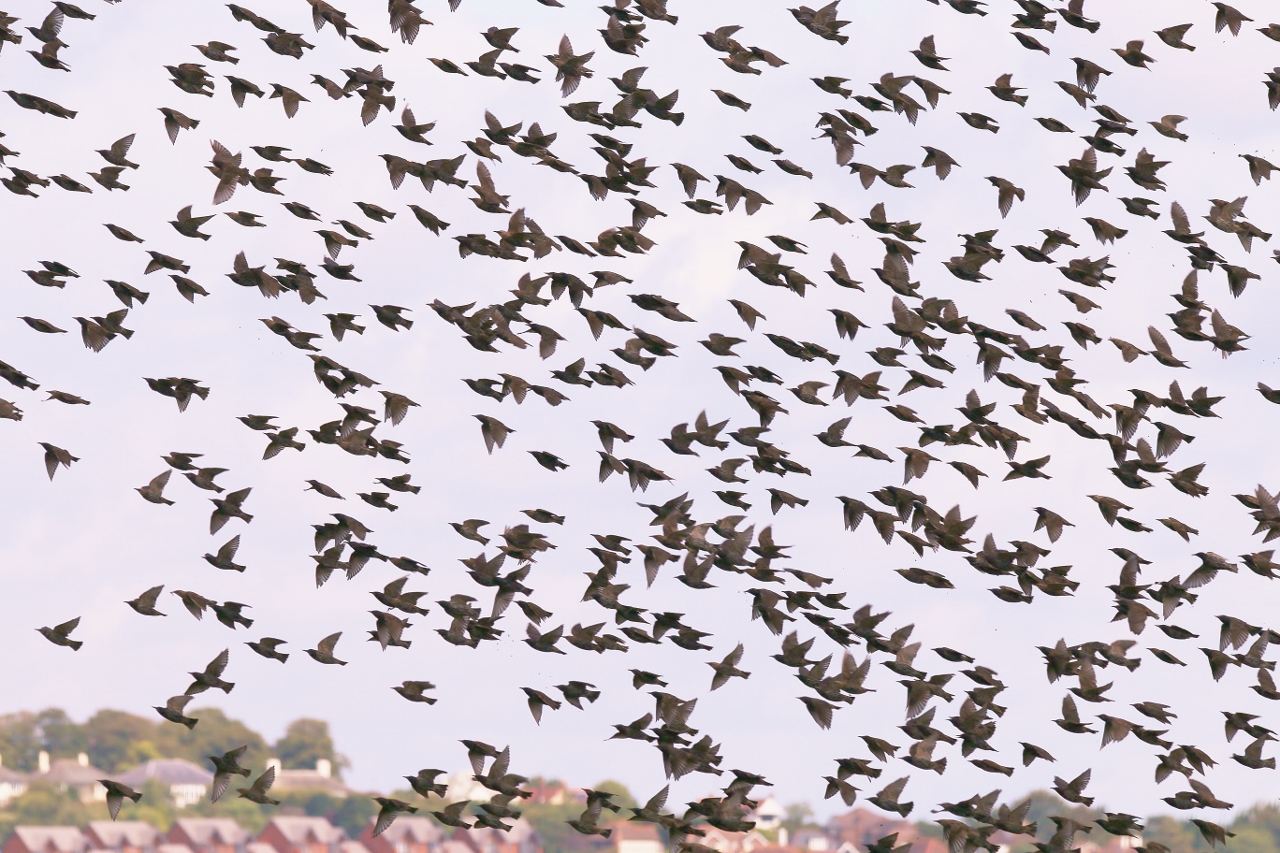
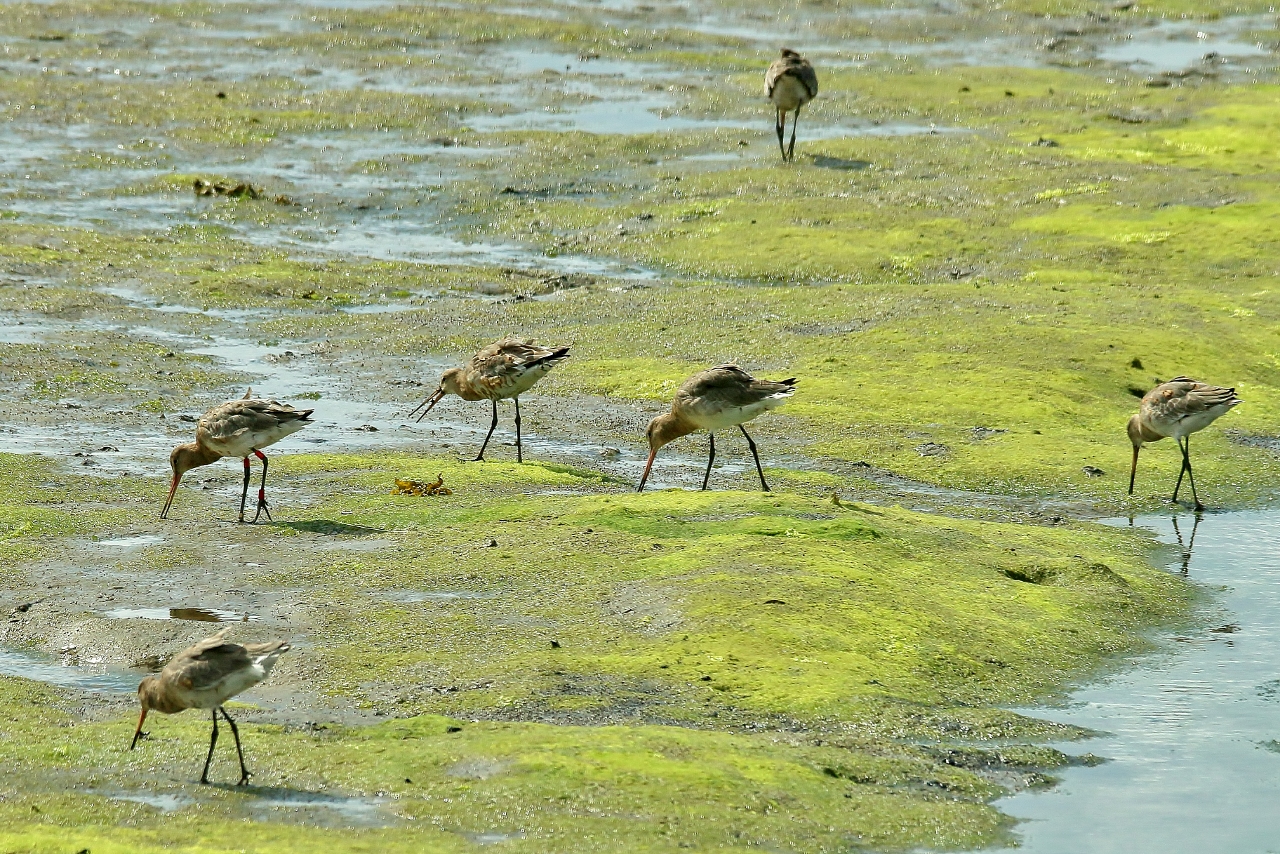
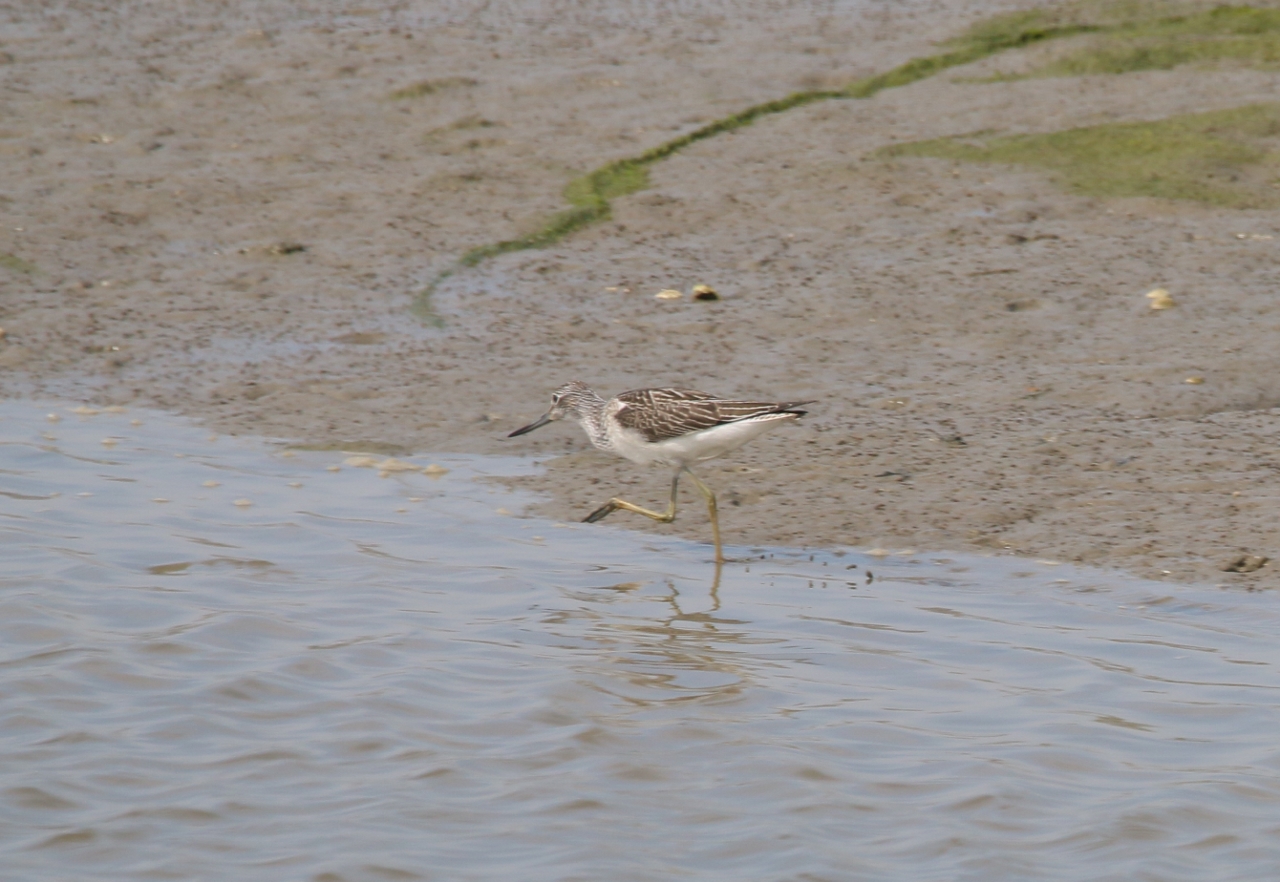
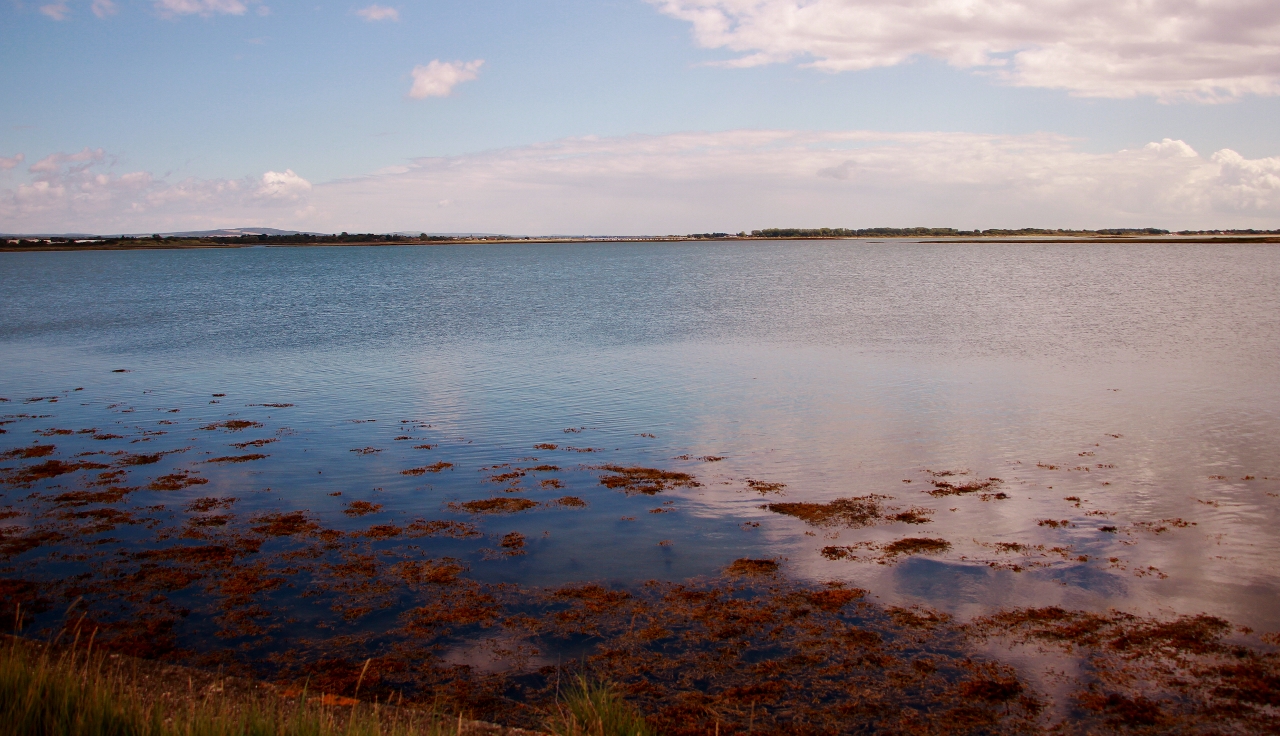
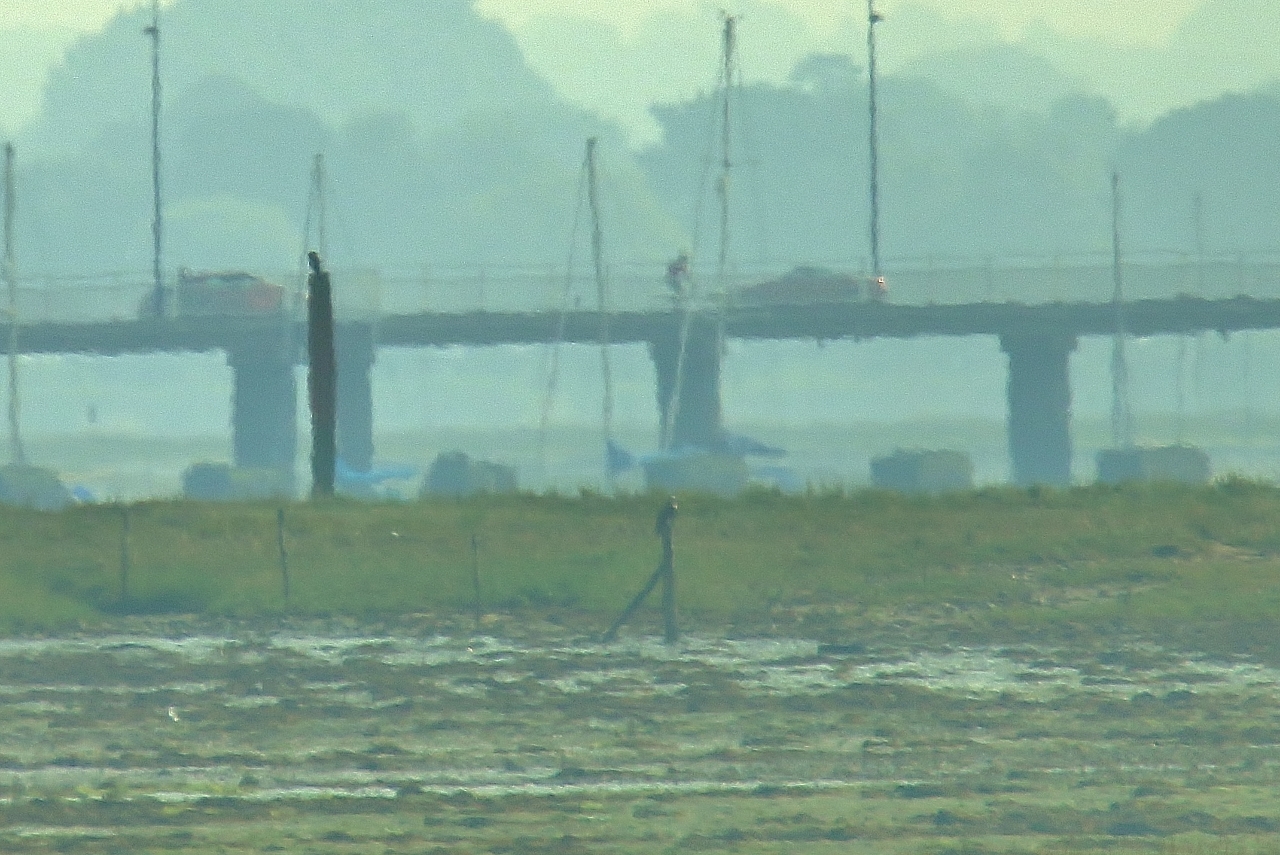
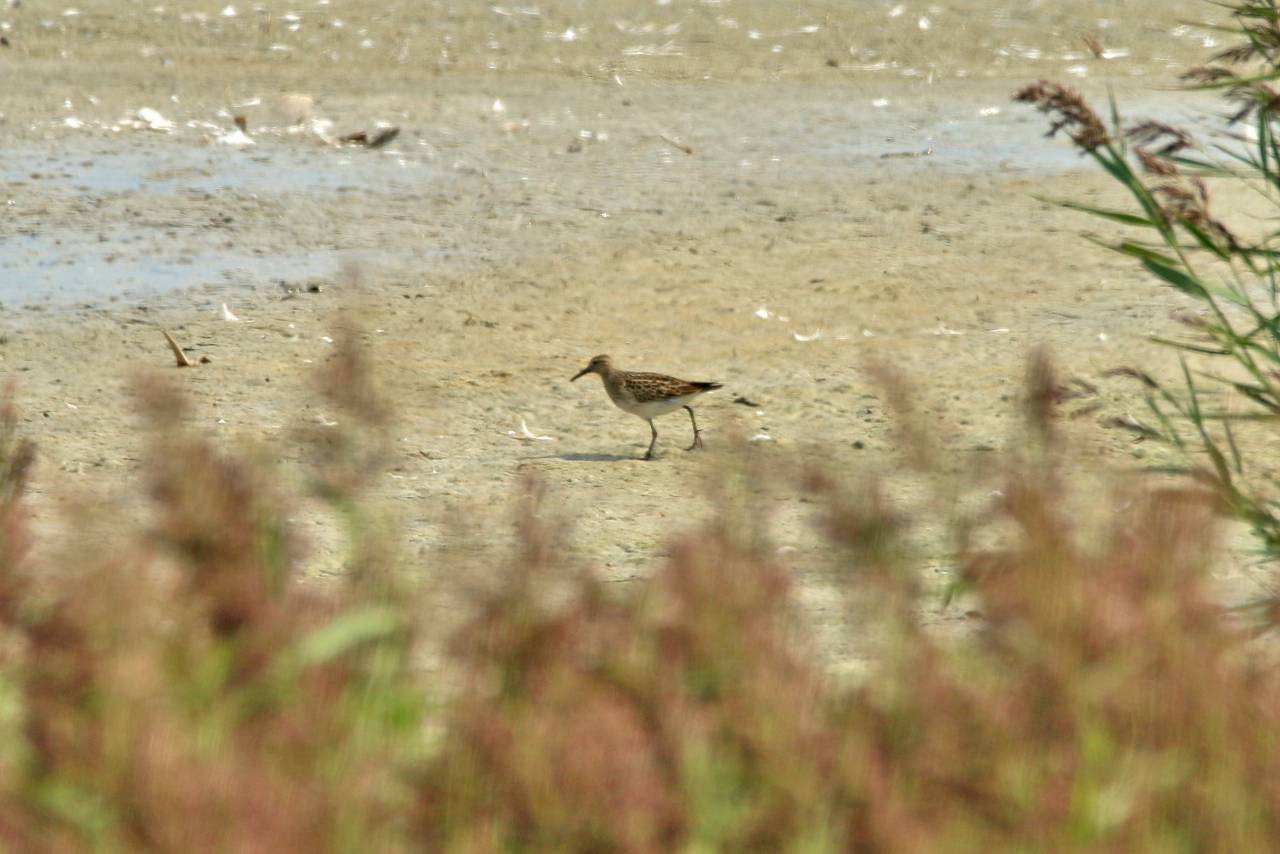
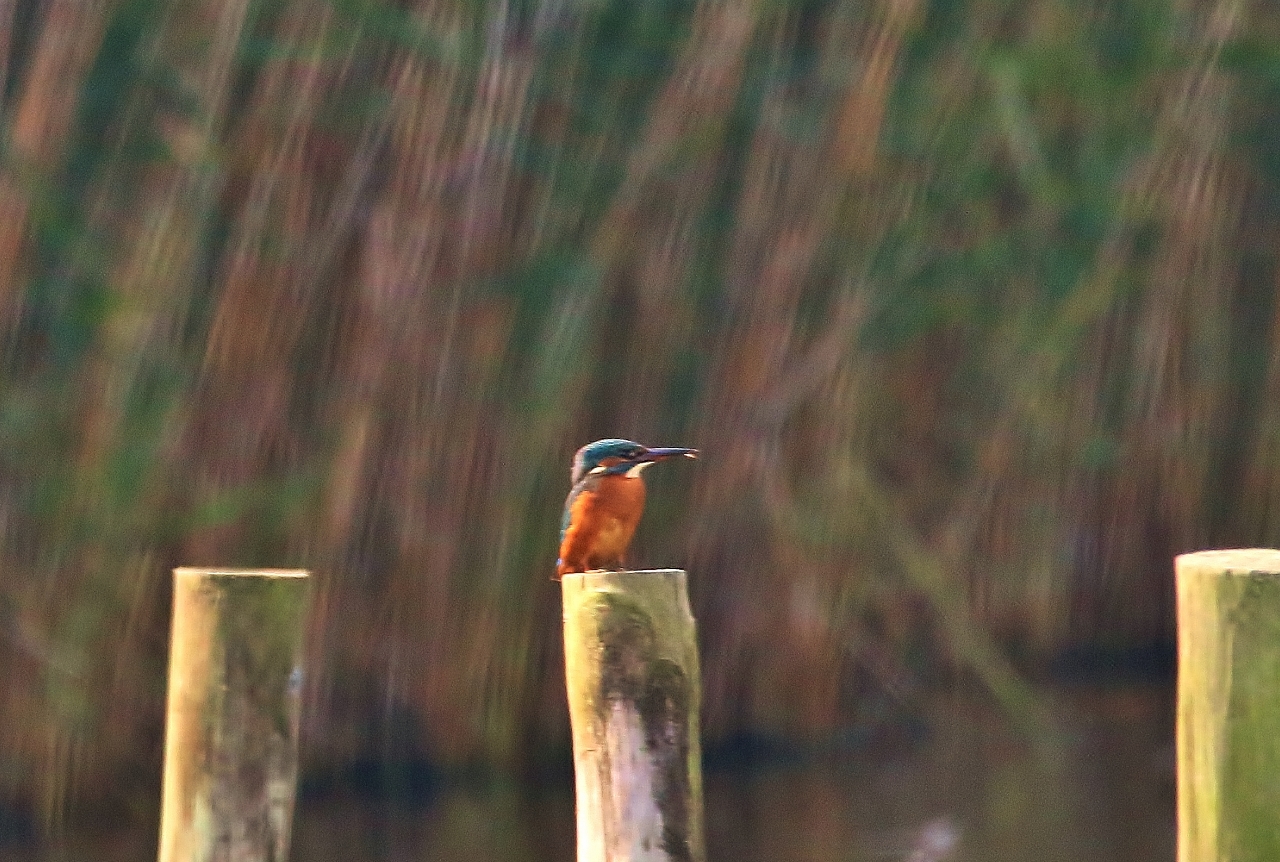
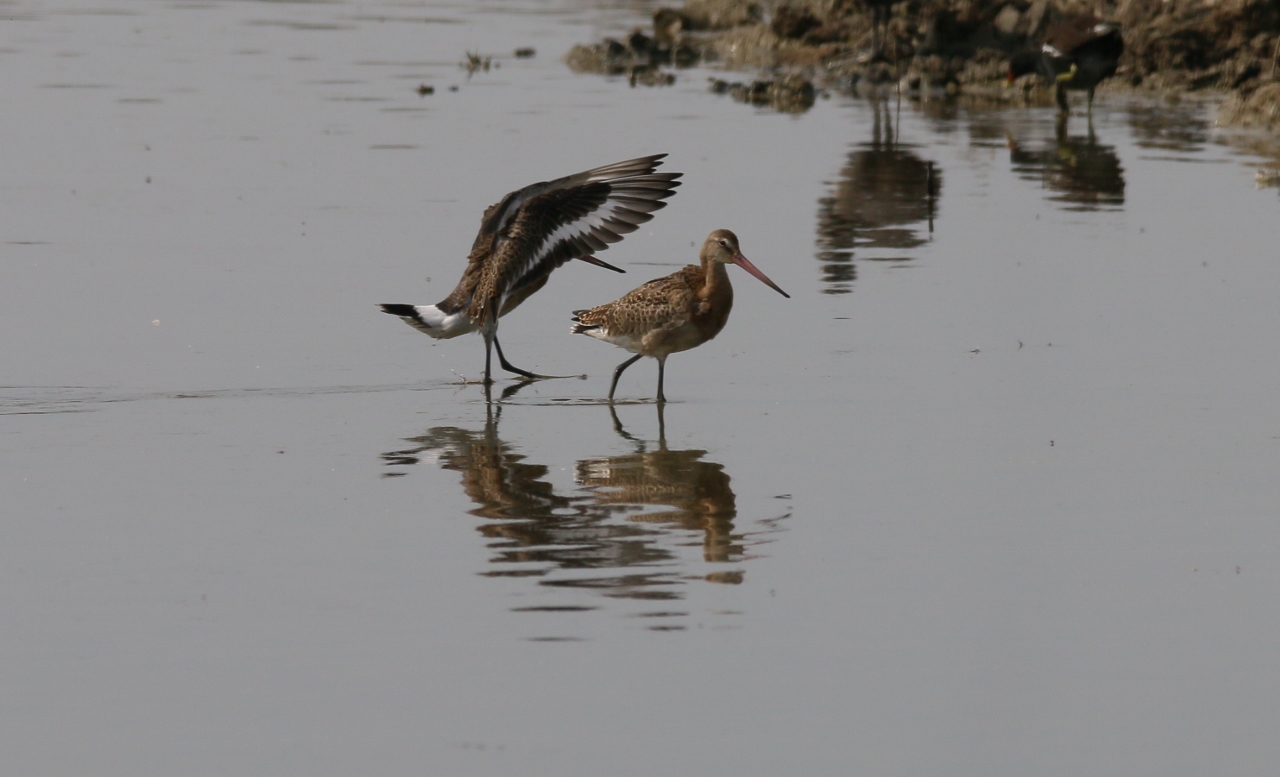
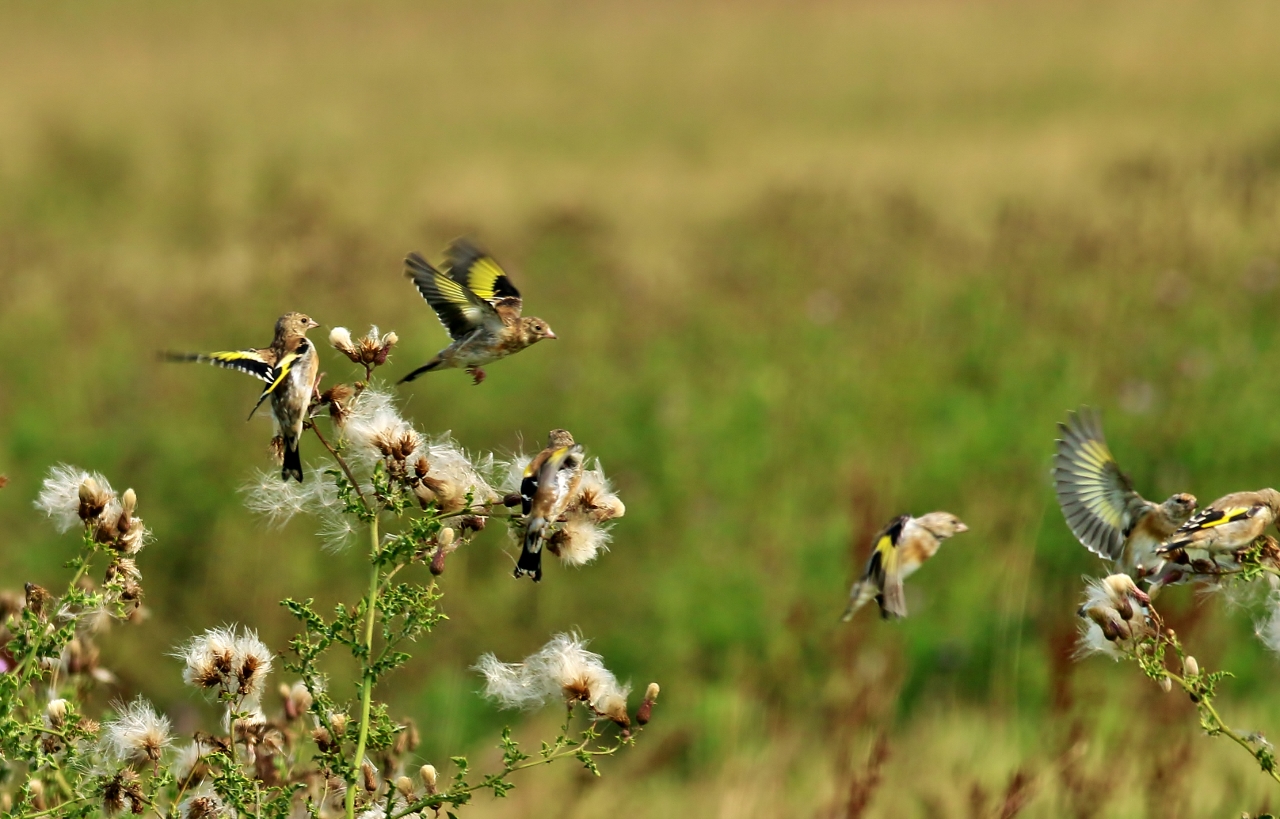
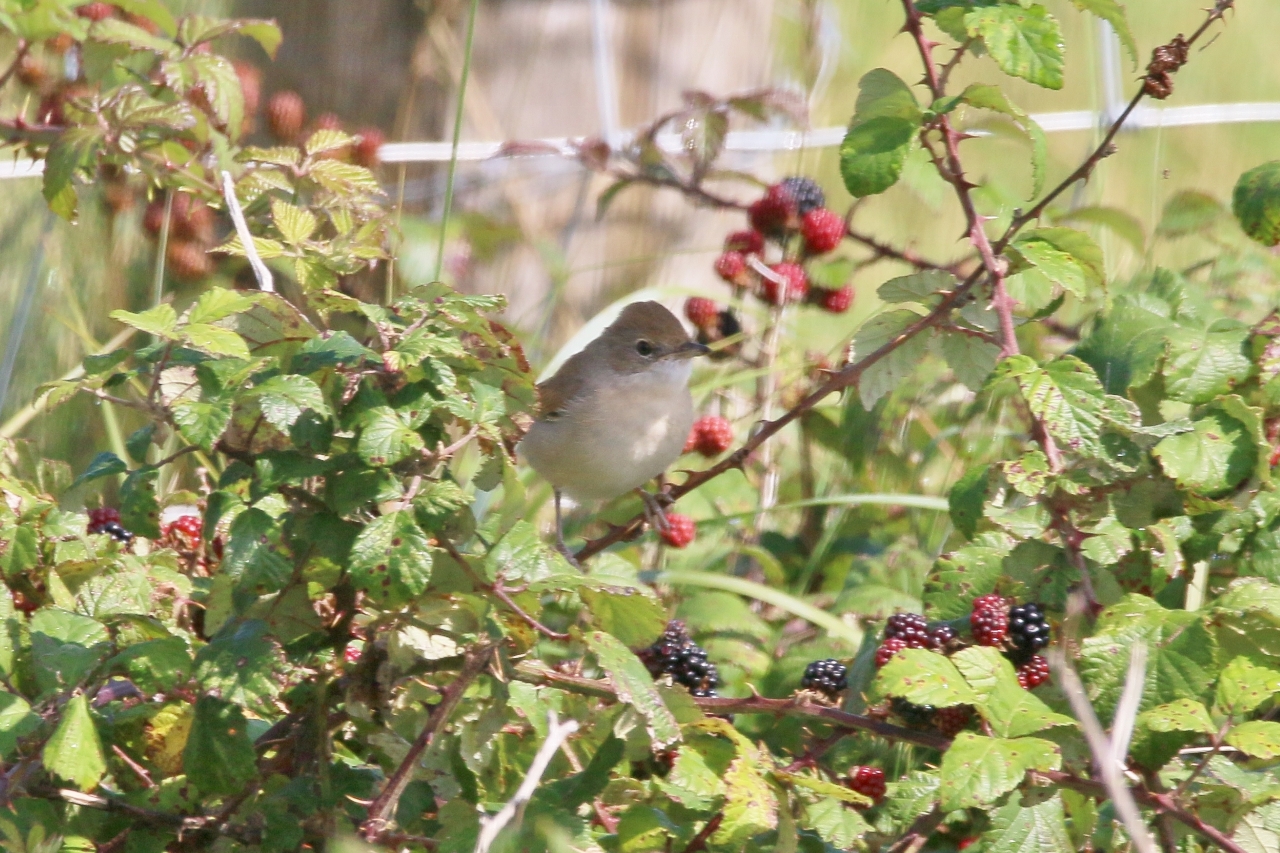
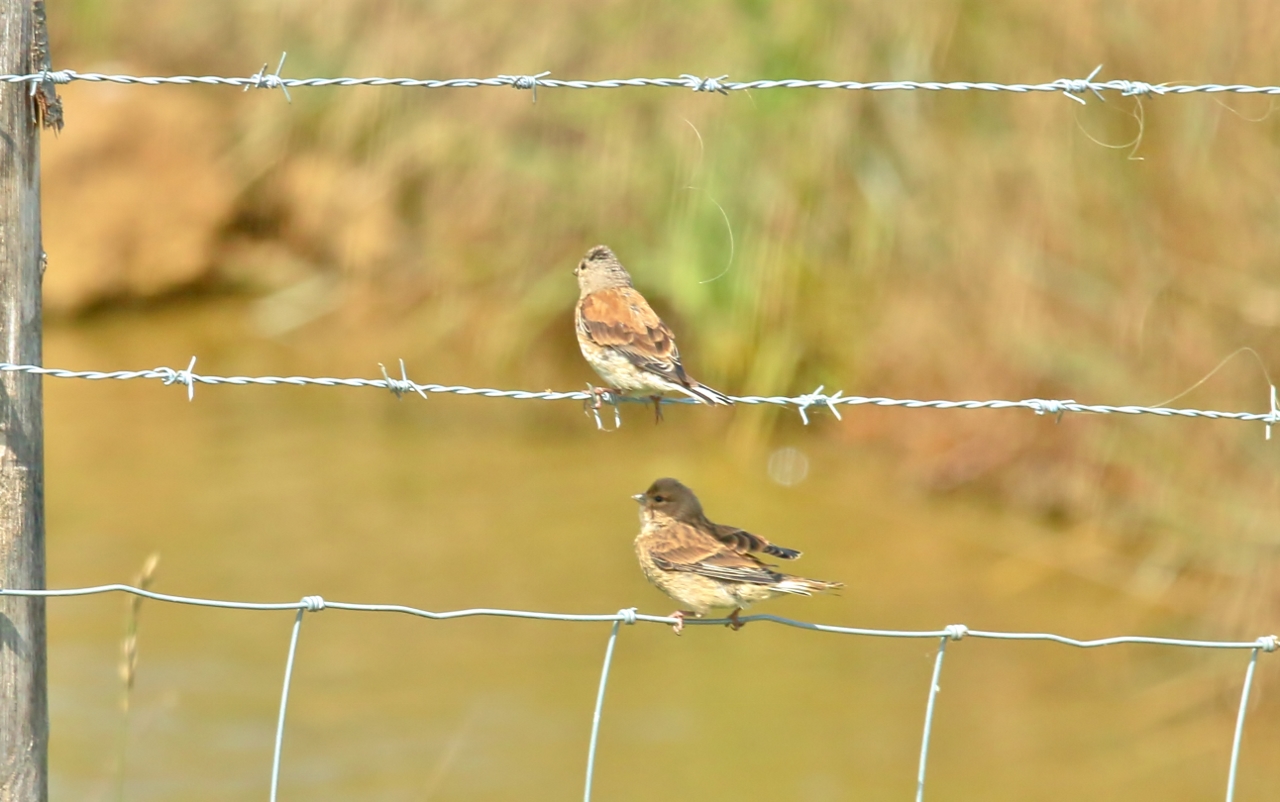
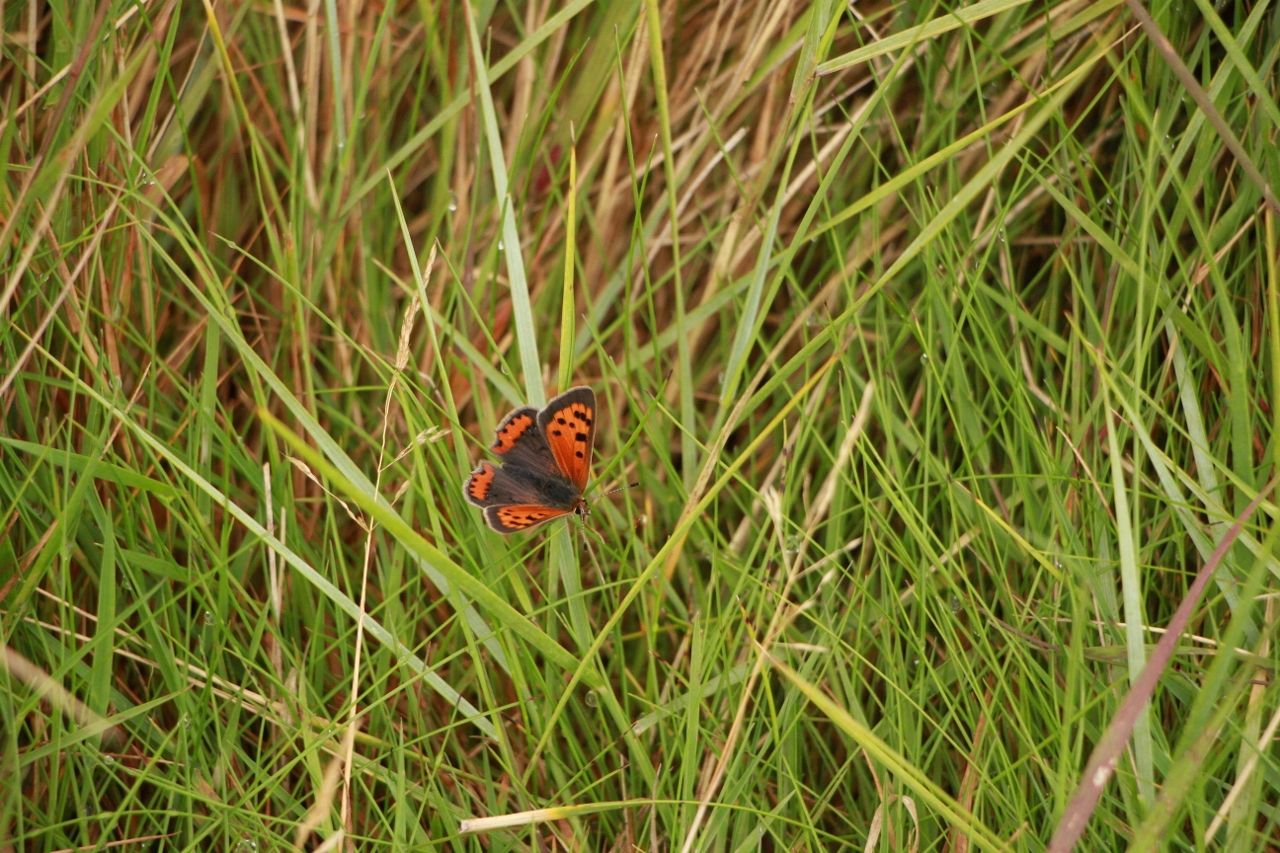
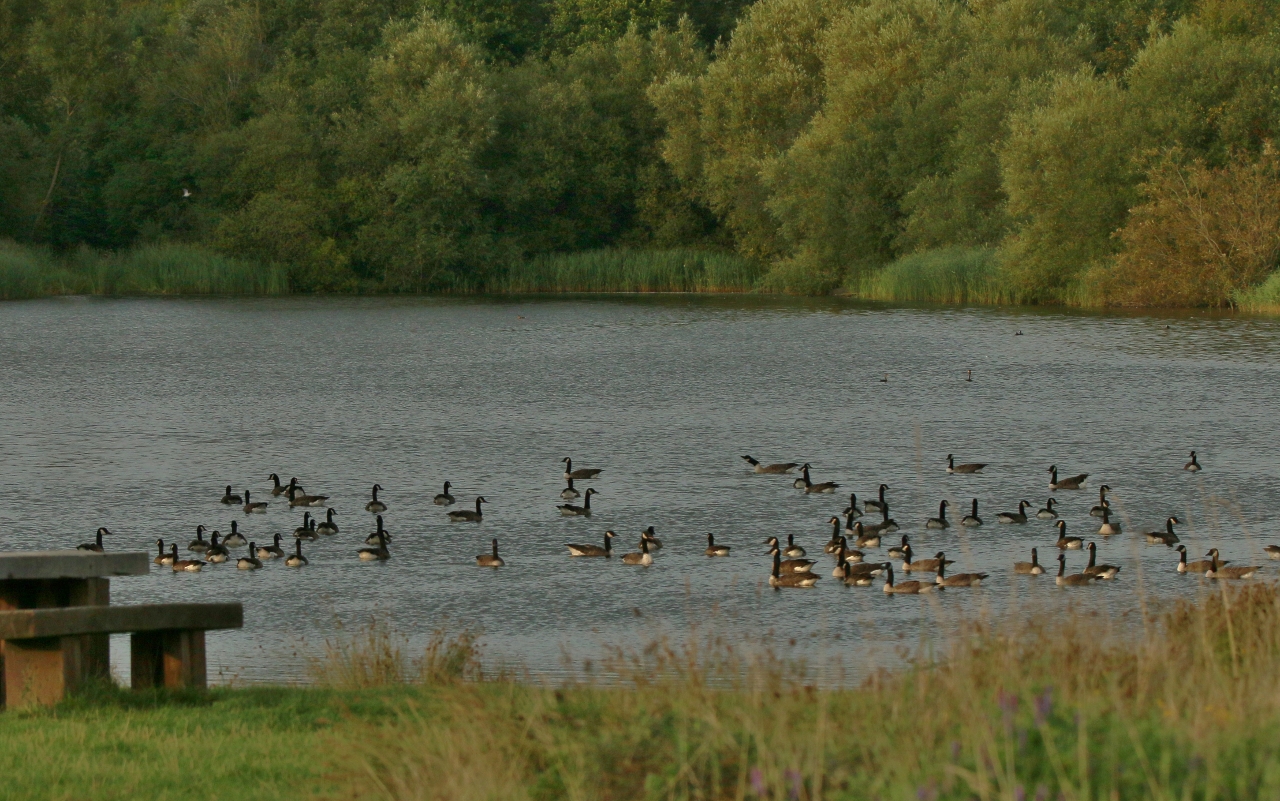
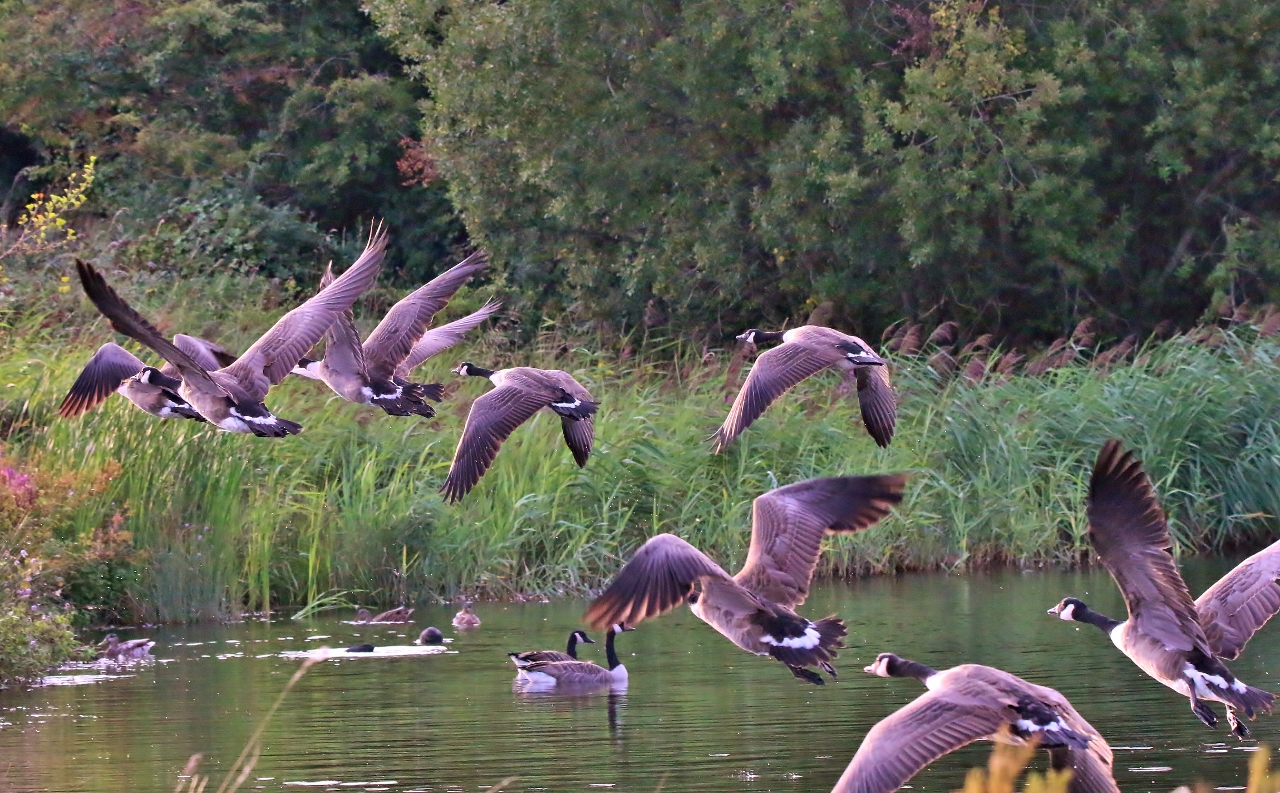
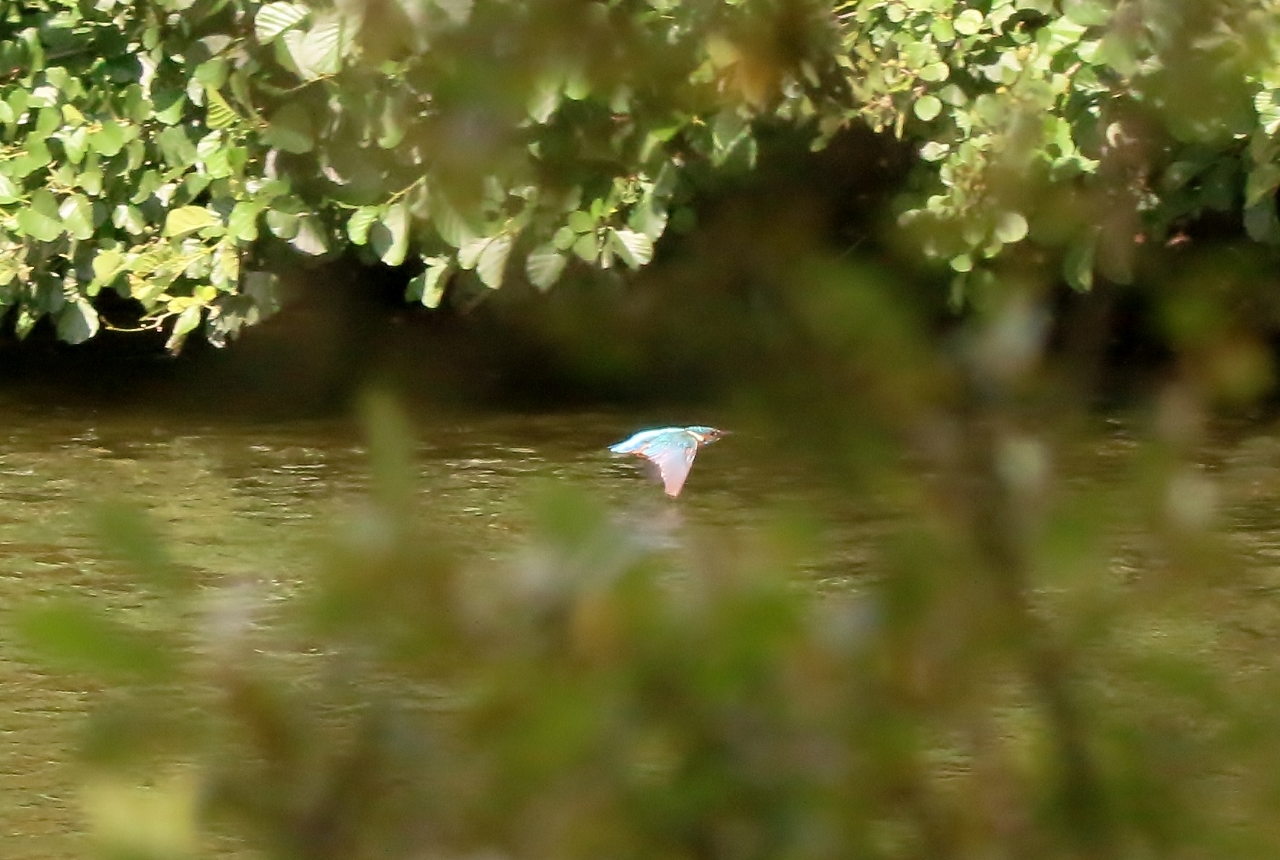

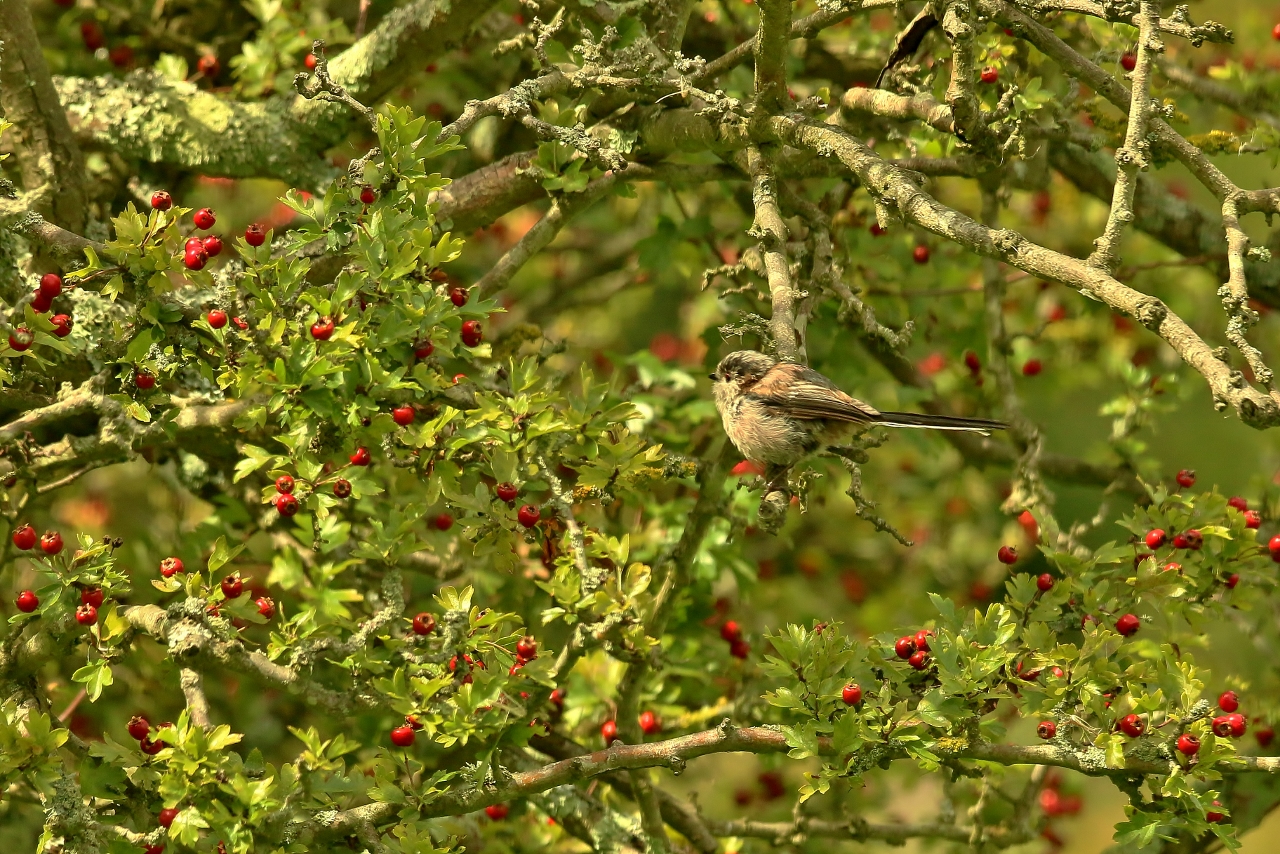
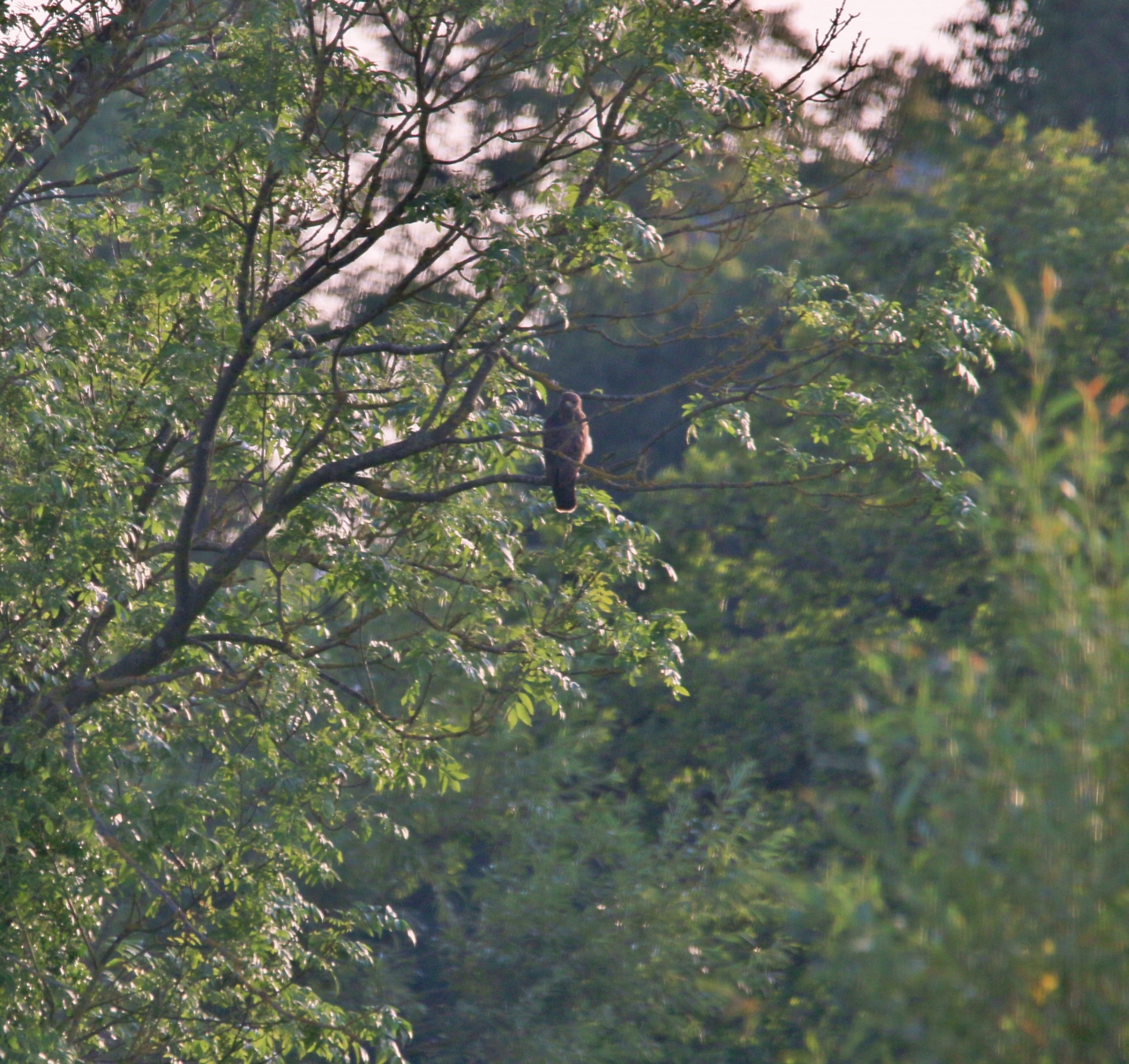

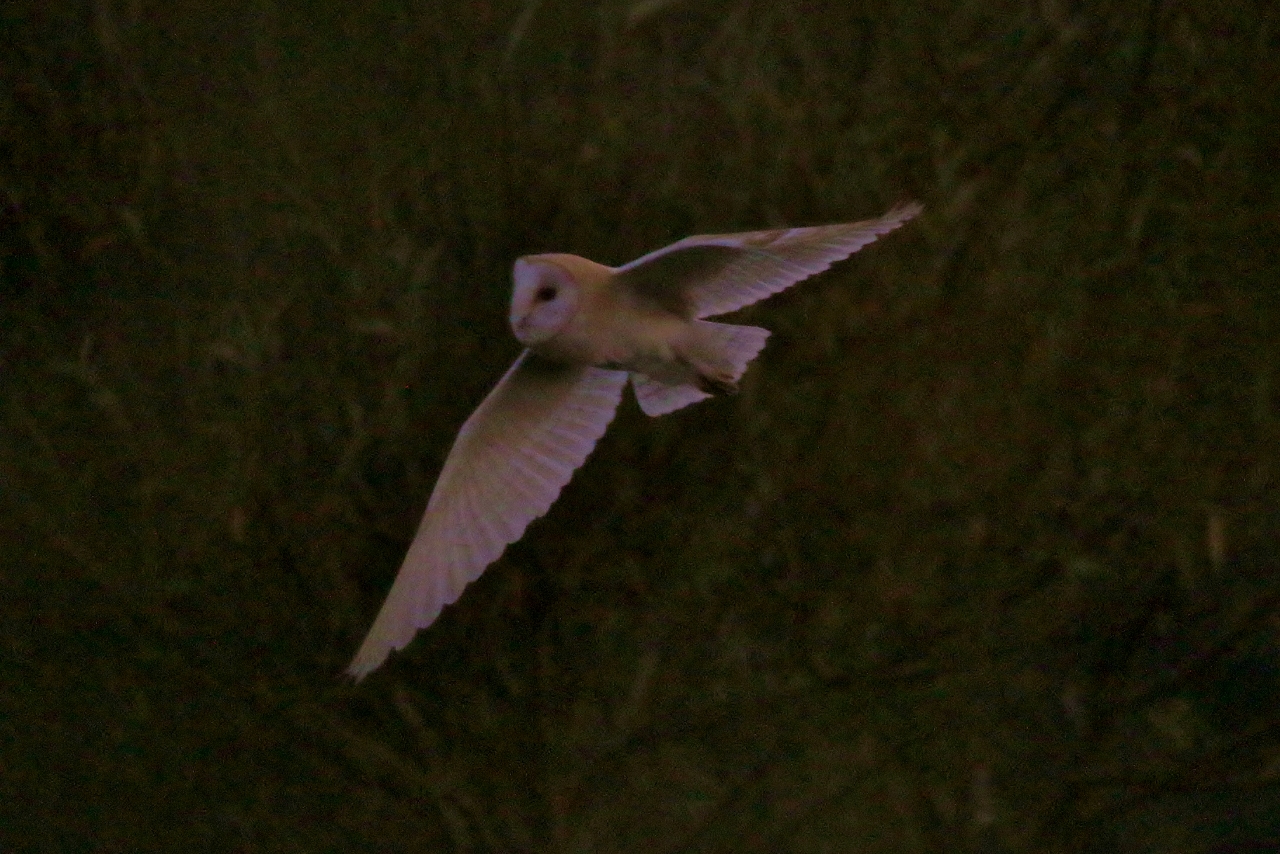
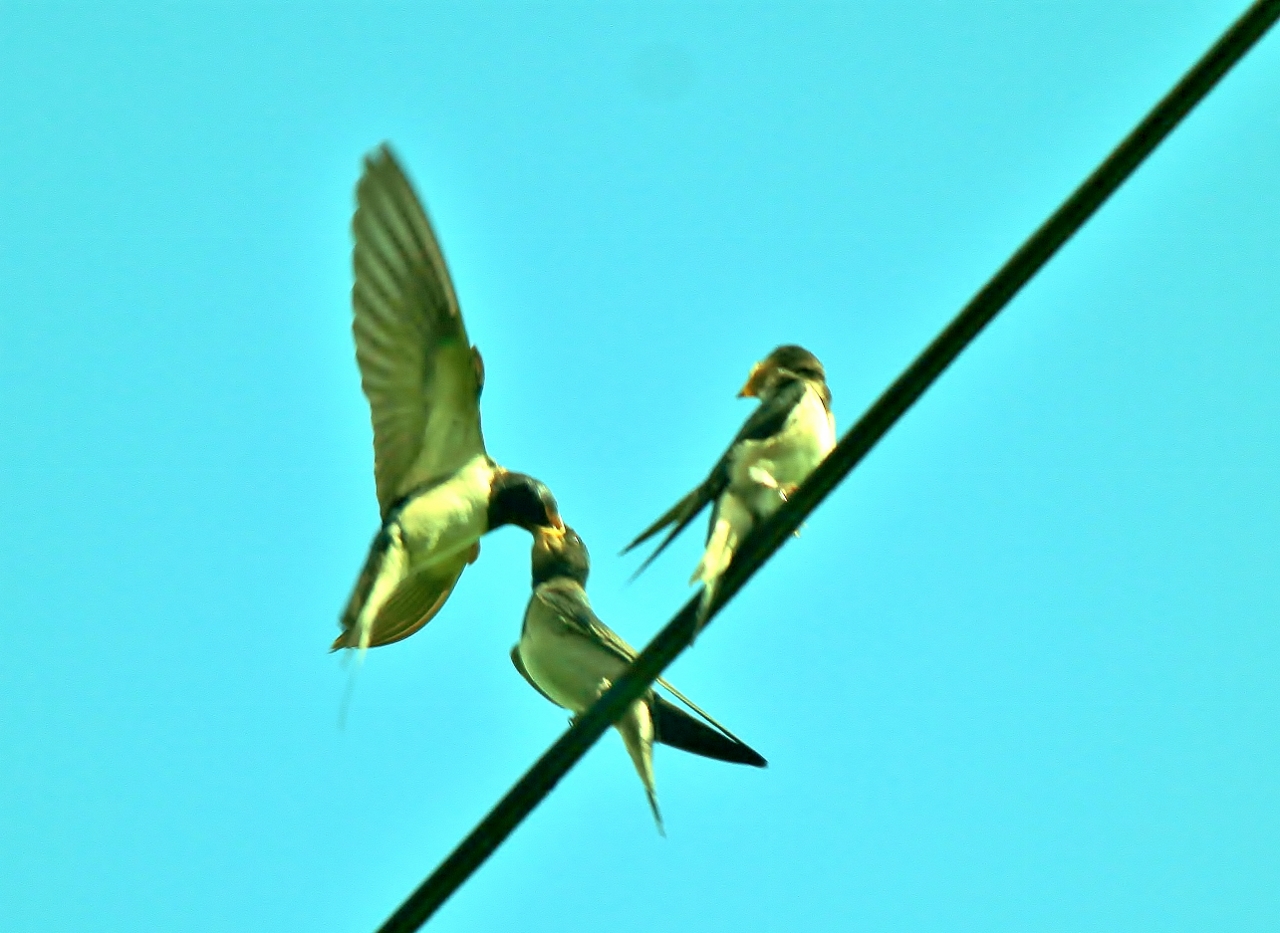



Robert Frost-Bridges
September 11, 2017 at 9:52 pm
Love the shots of the running fox and the Canada Geese taking flight!
Harry Eve
September 13, 2017 at 12:16 pm
It was my privilege to join Malcolm on the Thursley walk and I am afraid that he overstates my level of knowledge. I frequently have to refer to genuine experts for identification. I did pick up some very useful tips on how to improve my photographic techniques. I am no twitcher but it great to see the Woodlarks – so thank you again Malcolm.